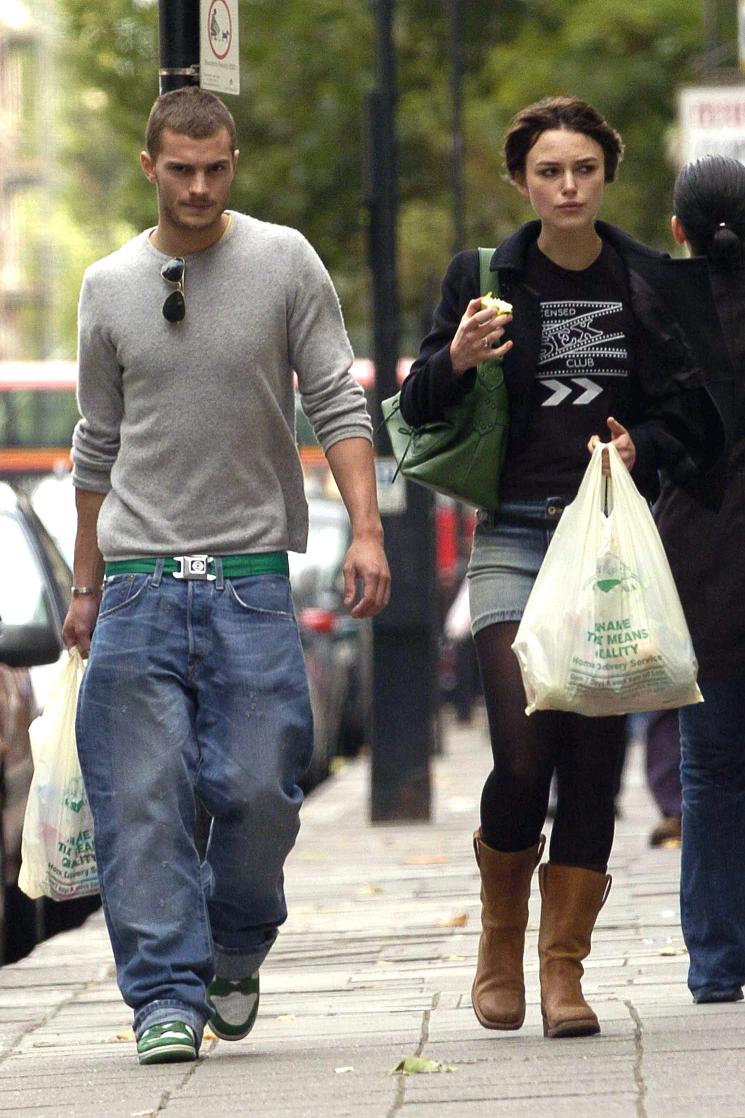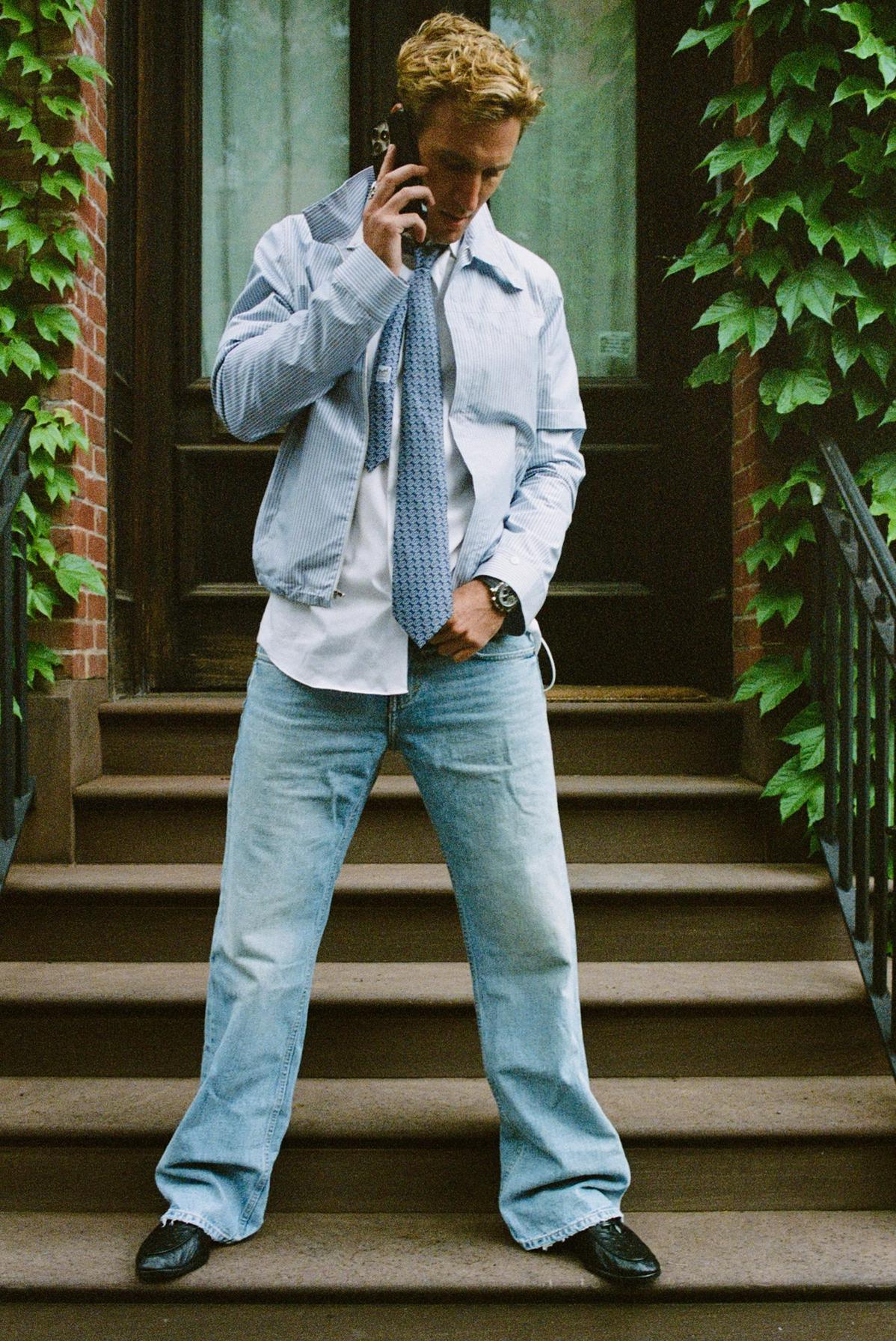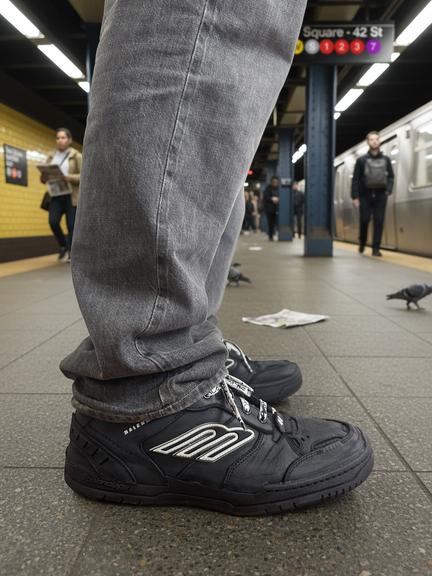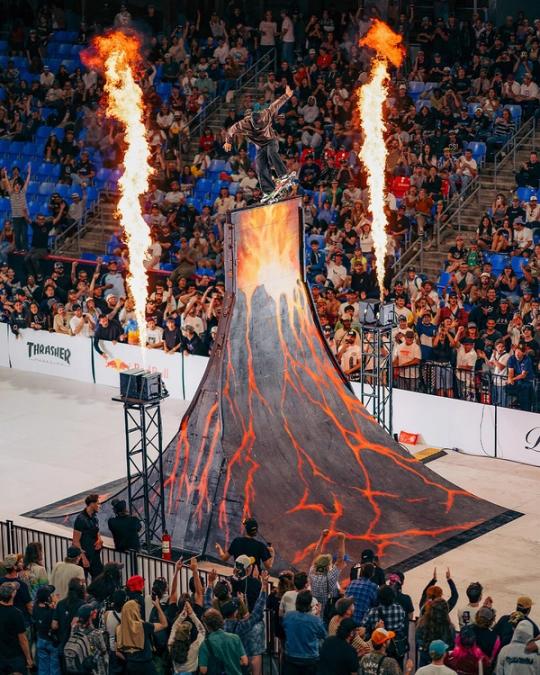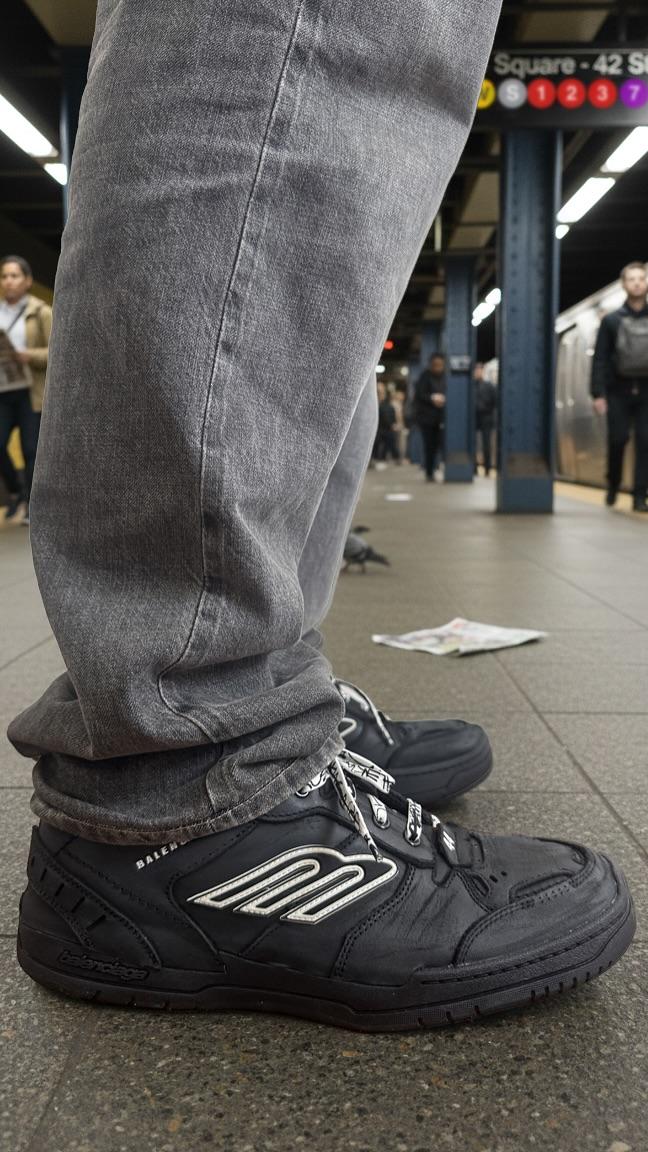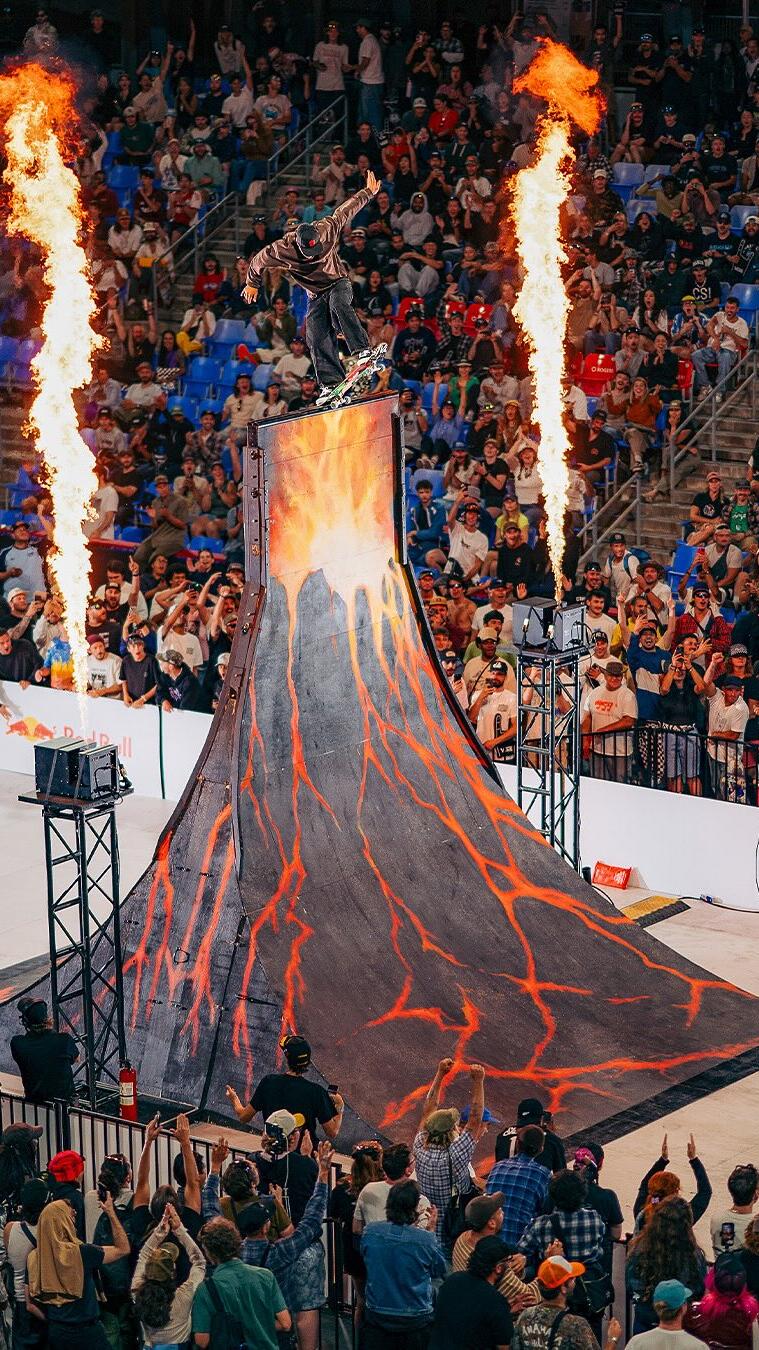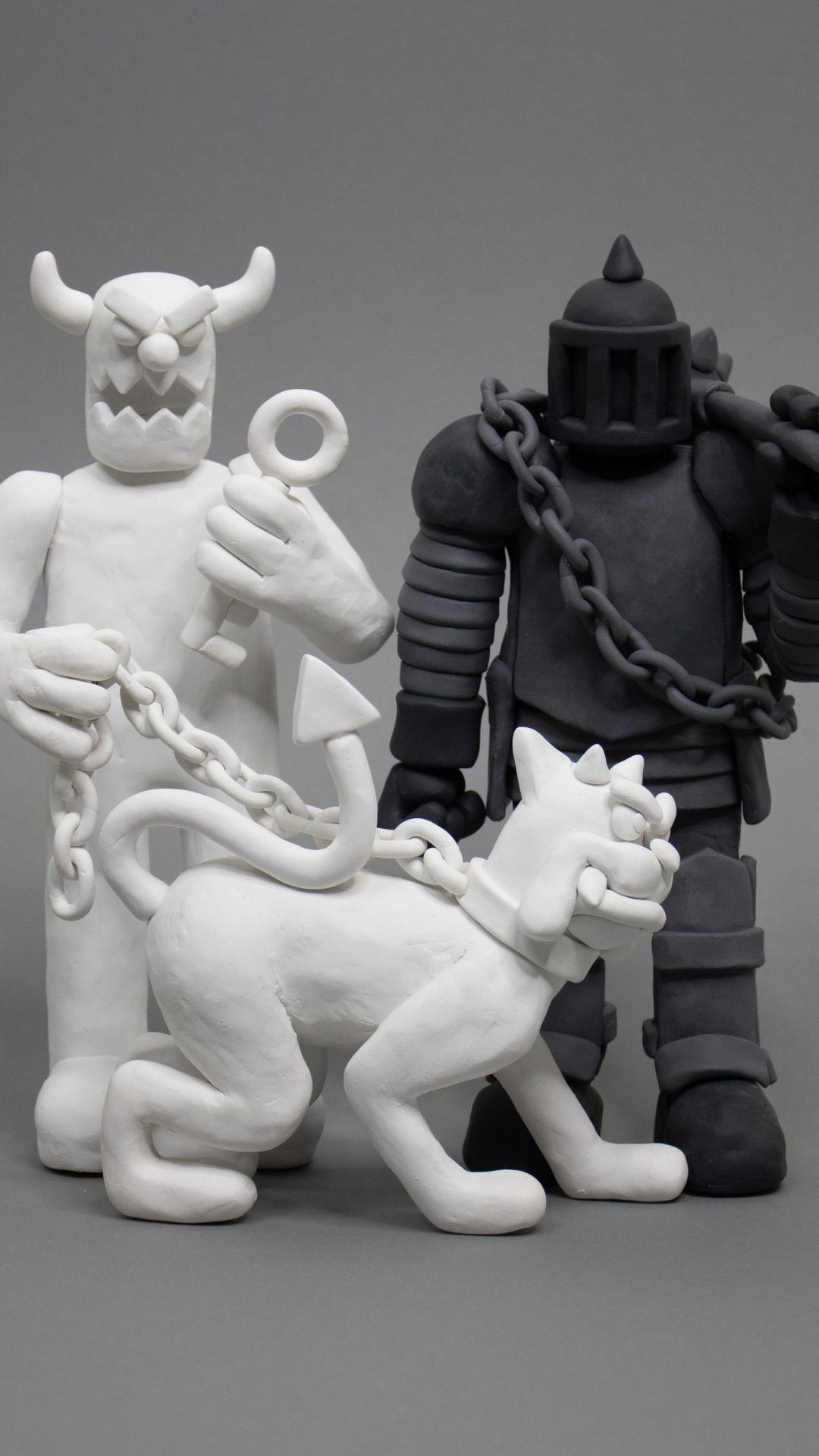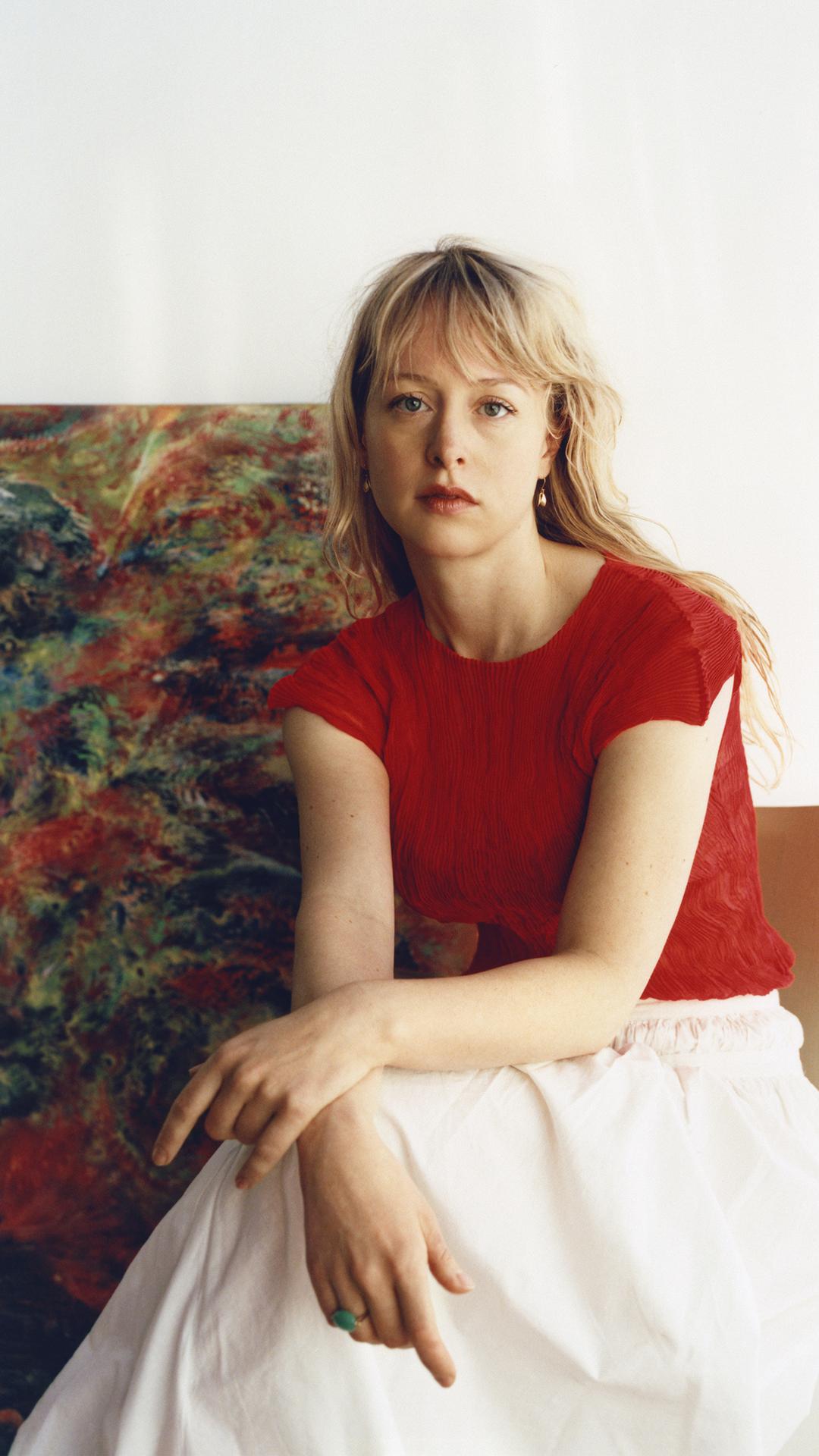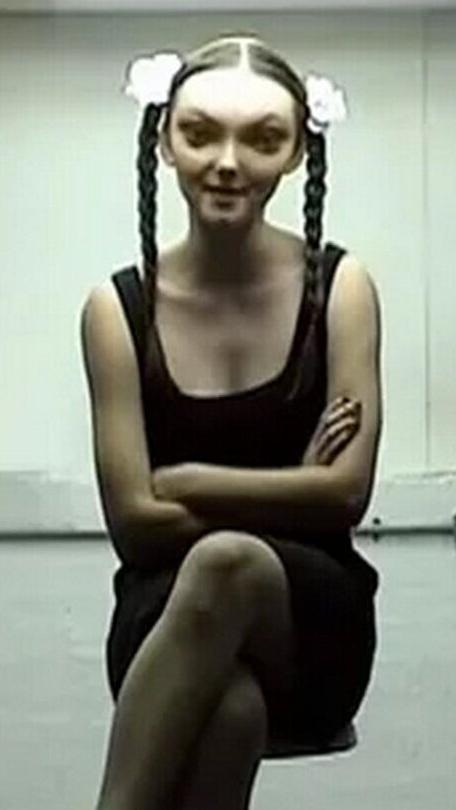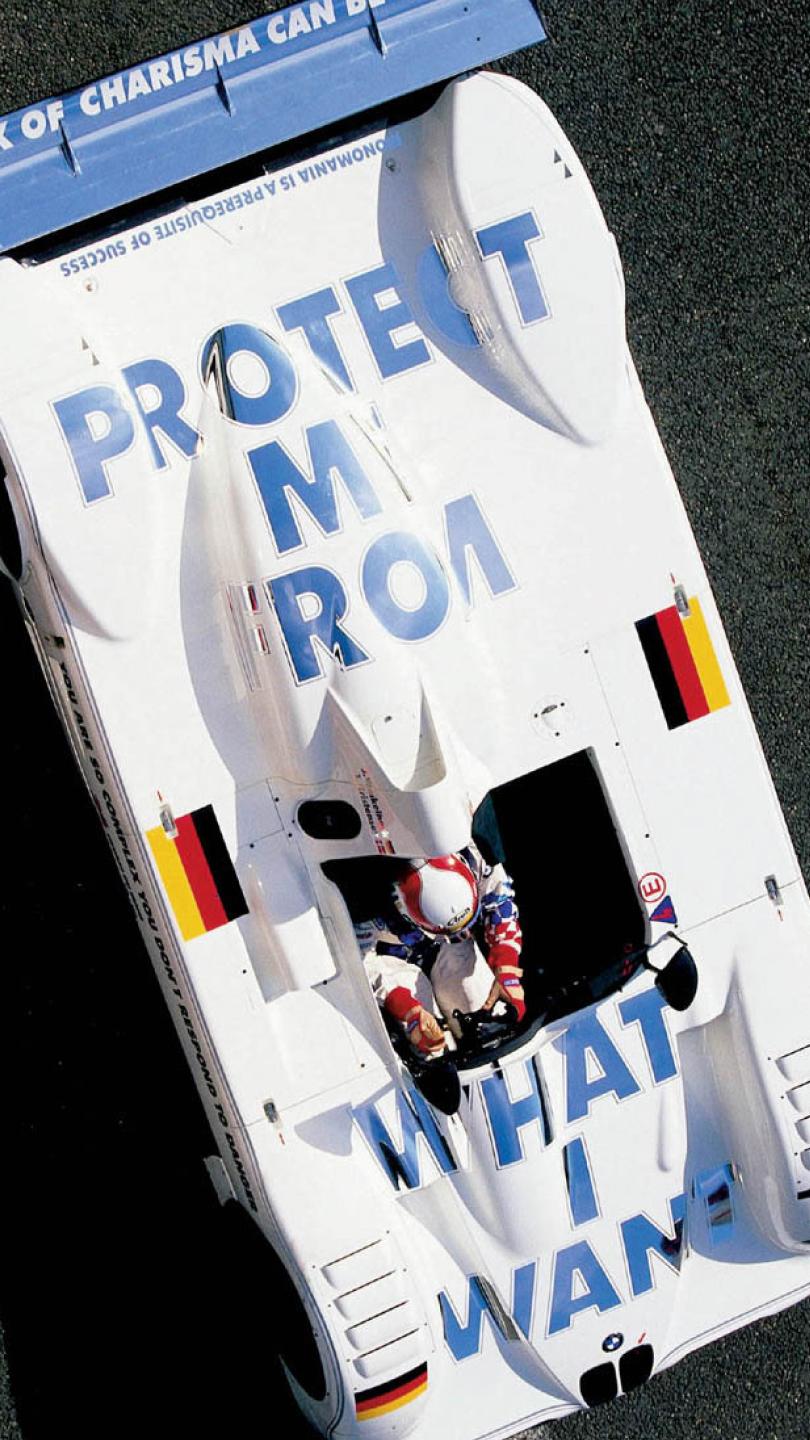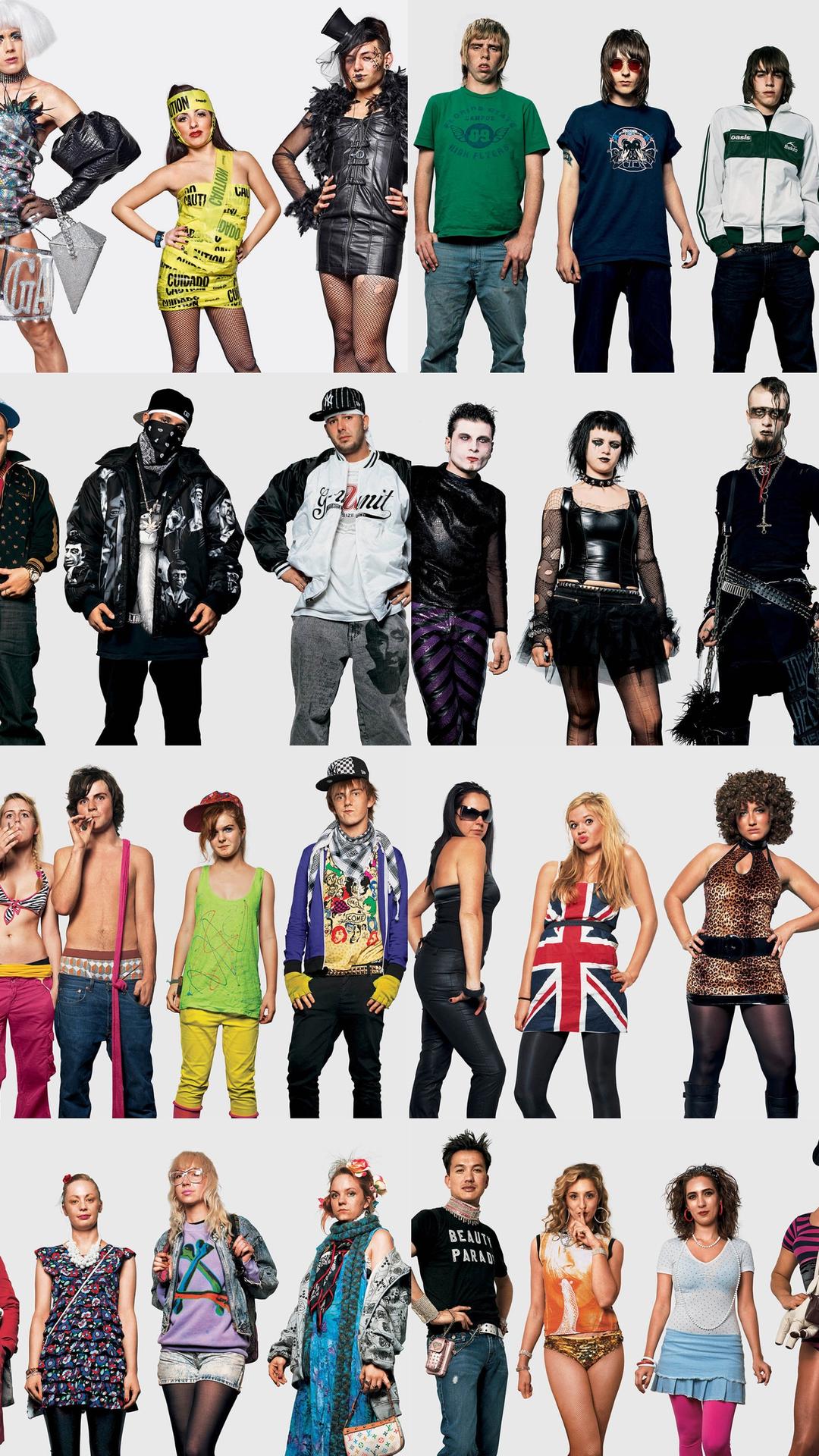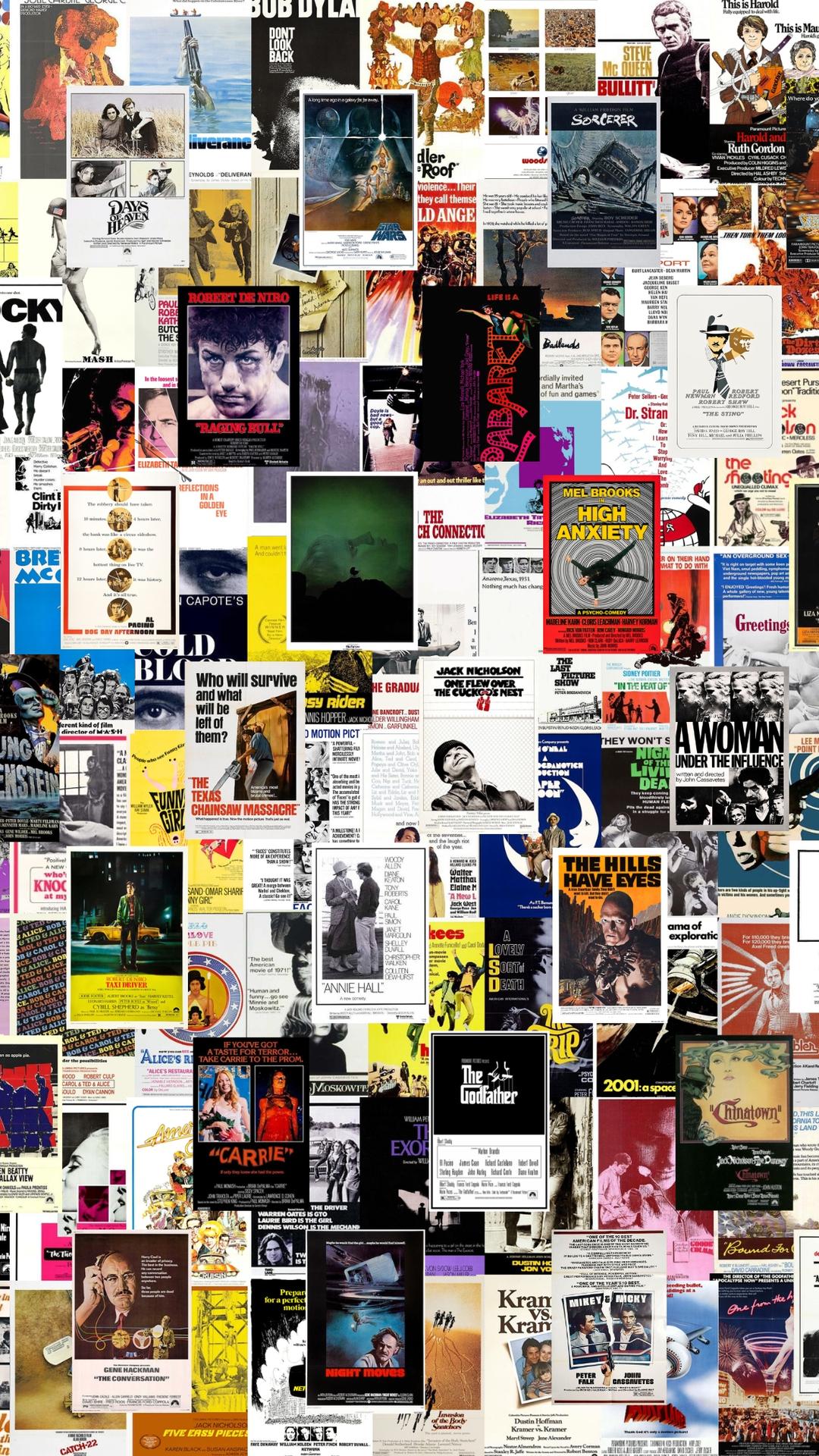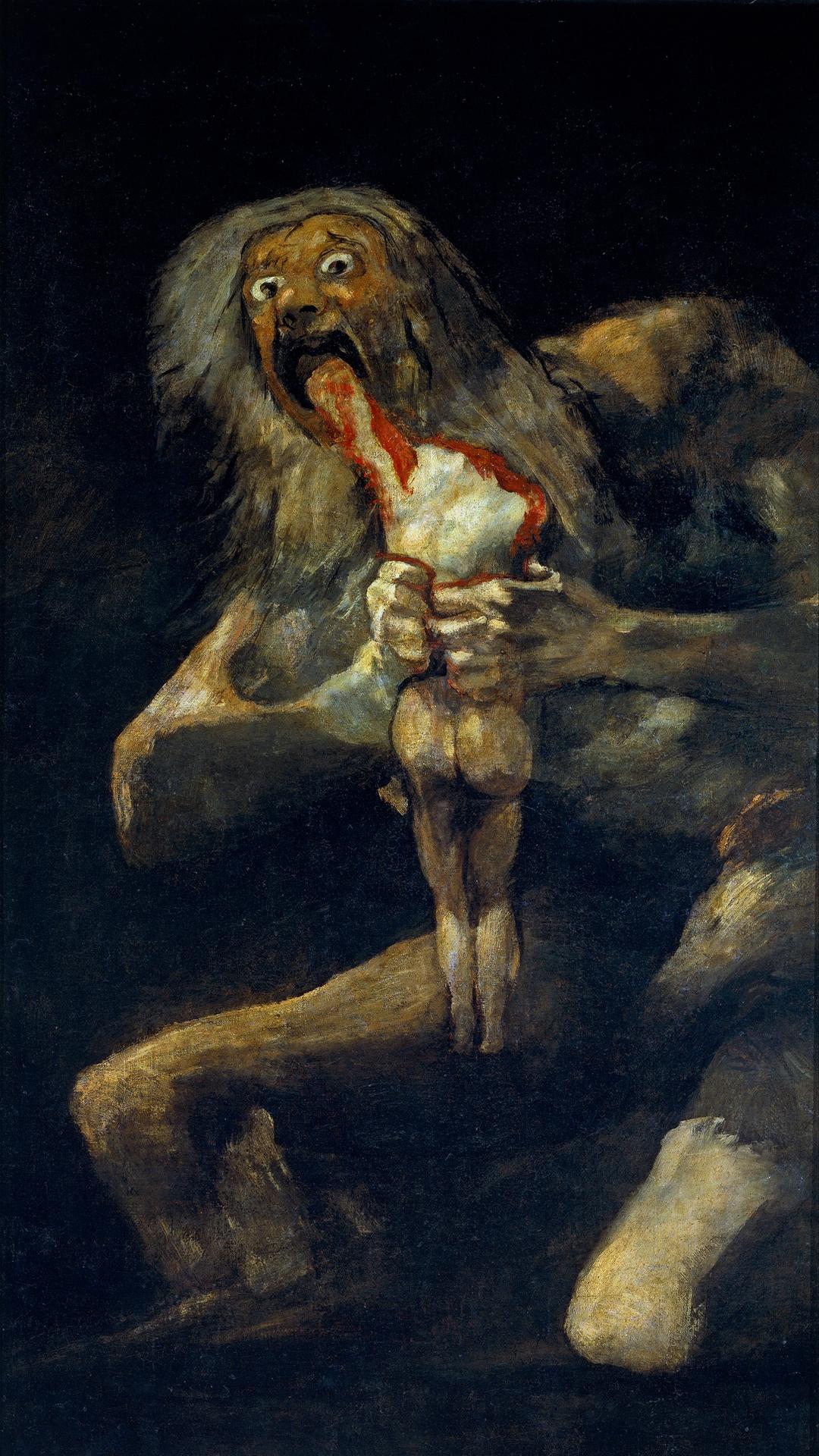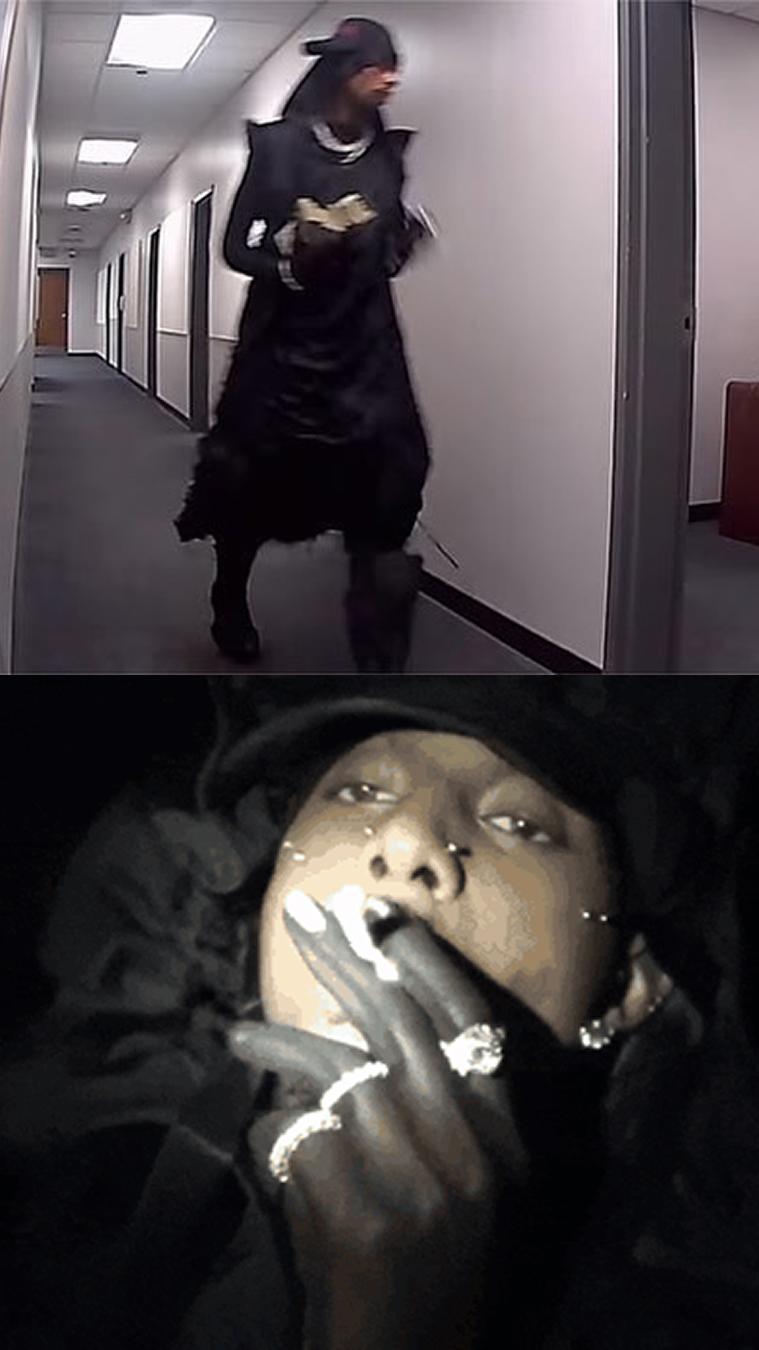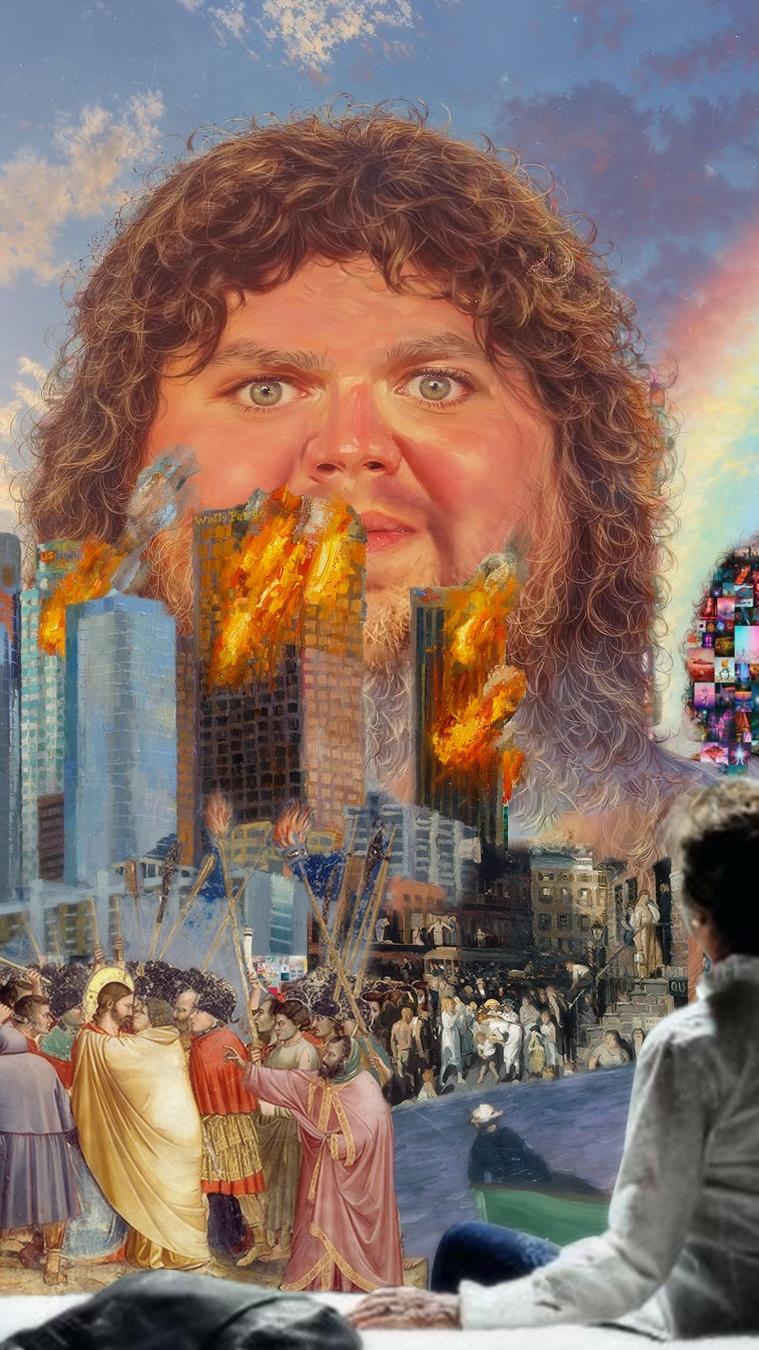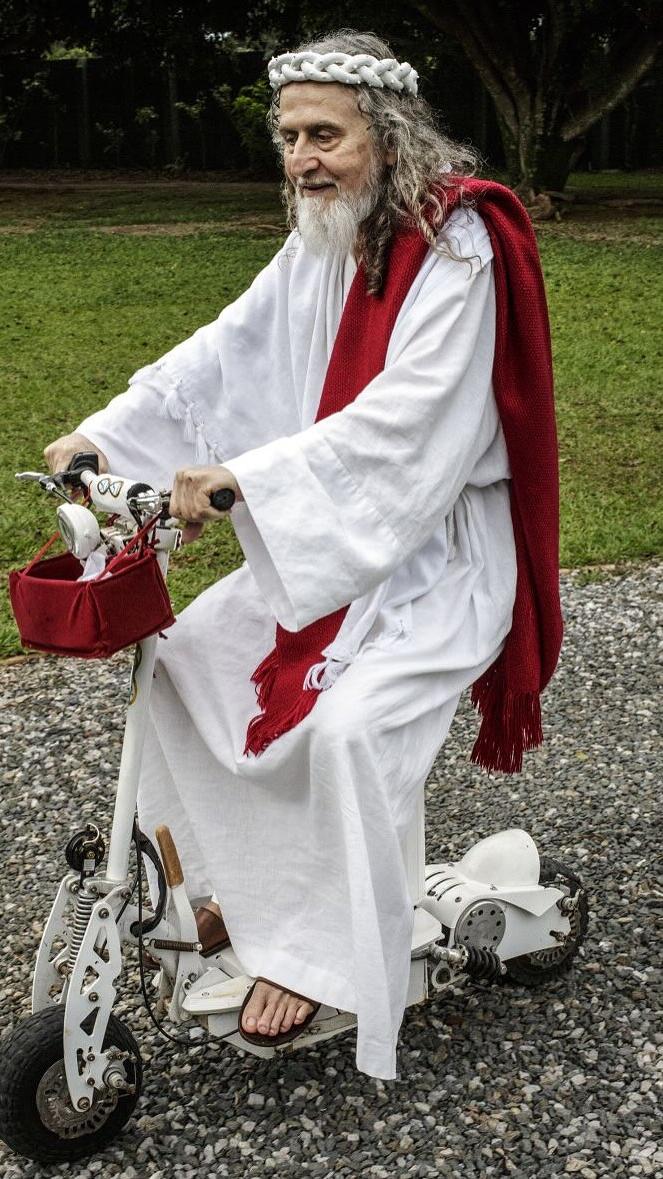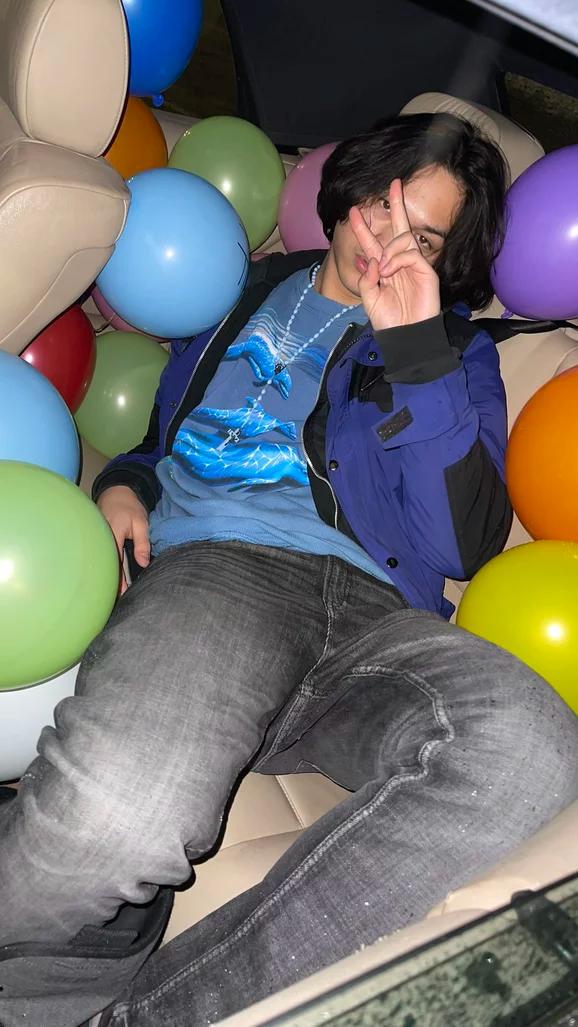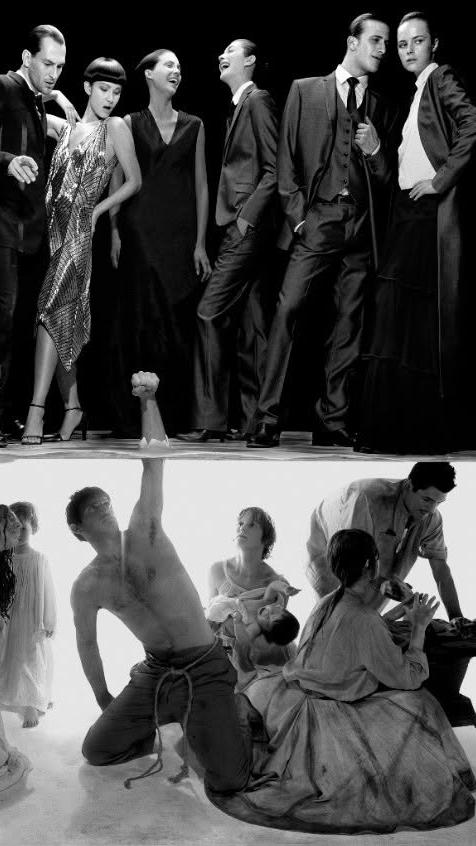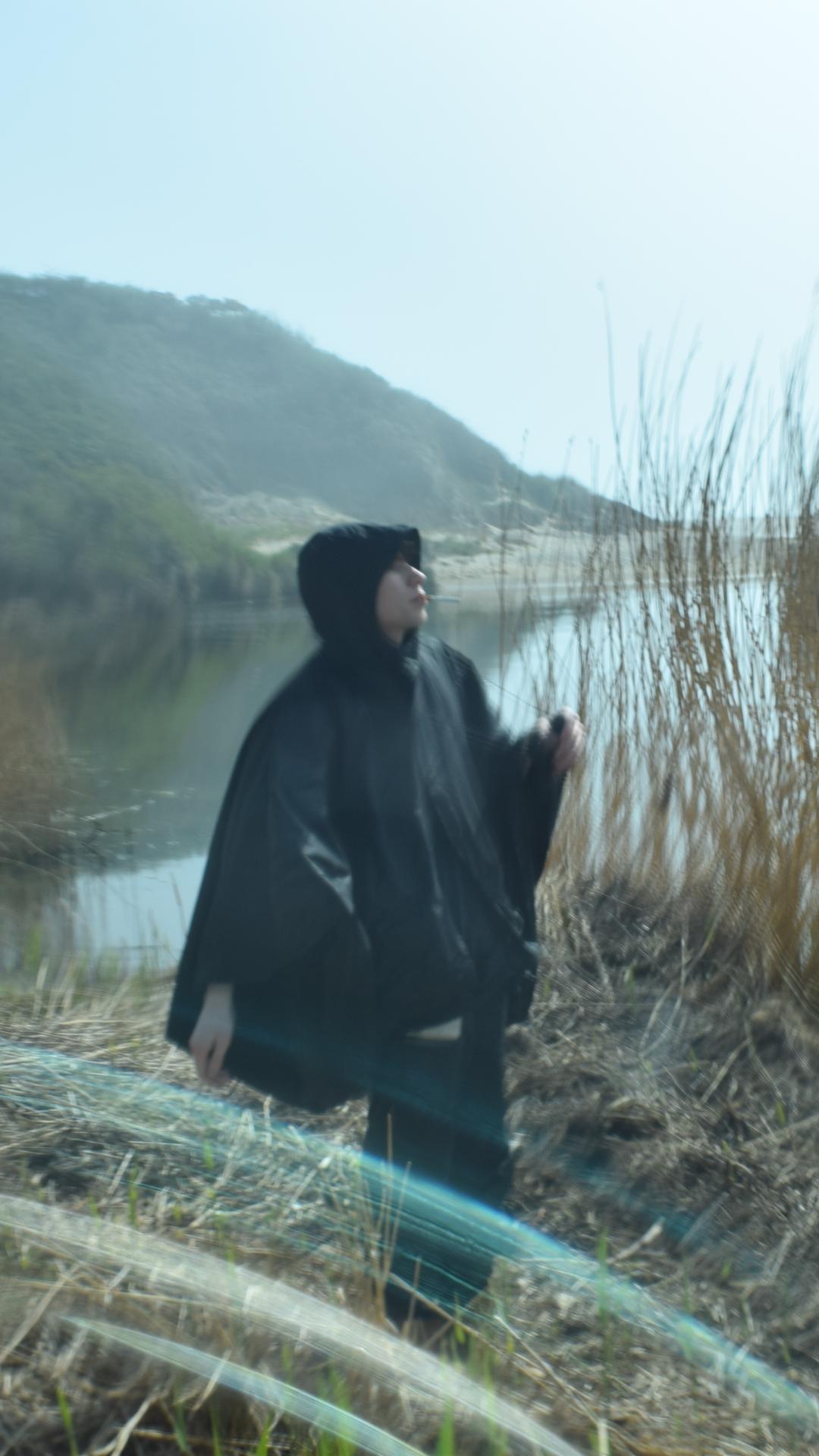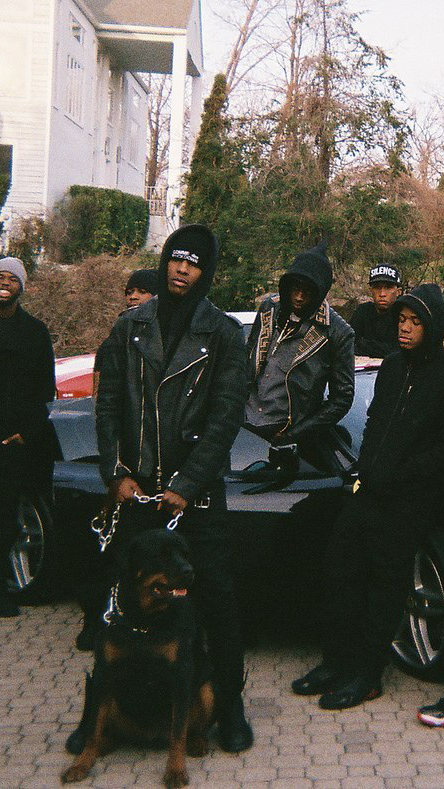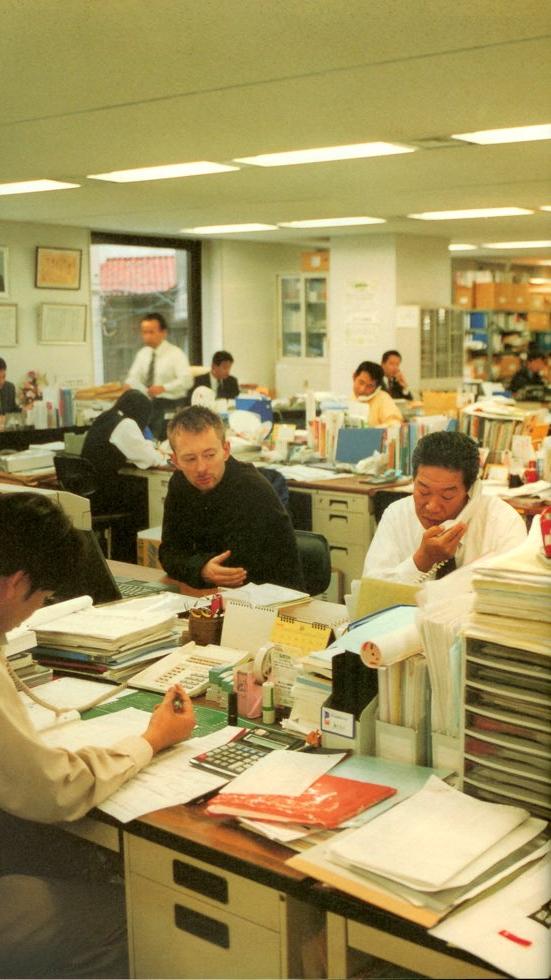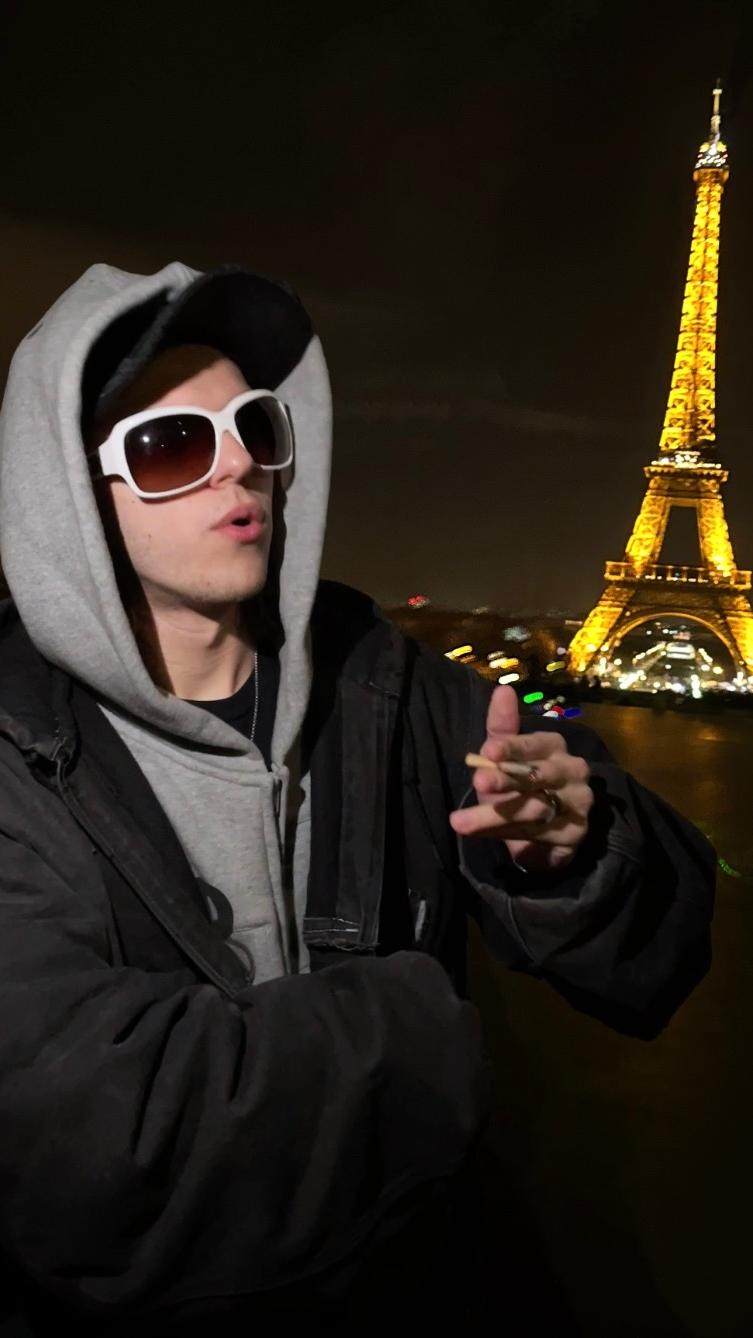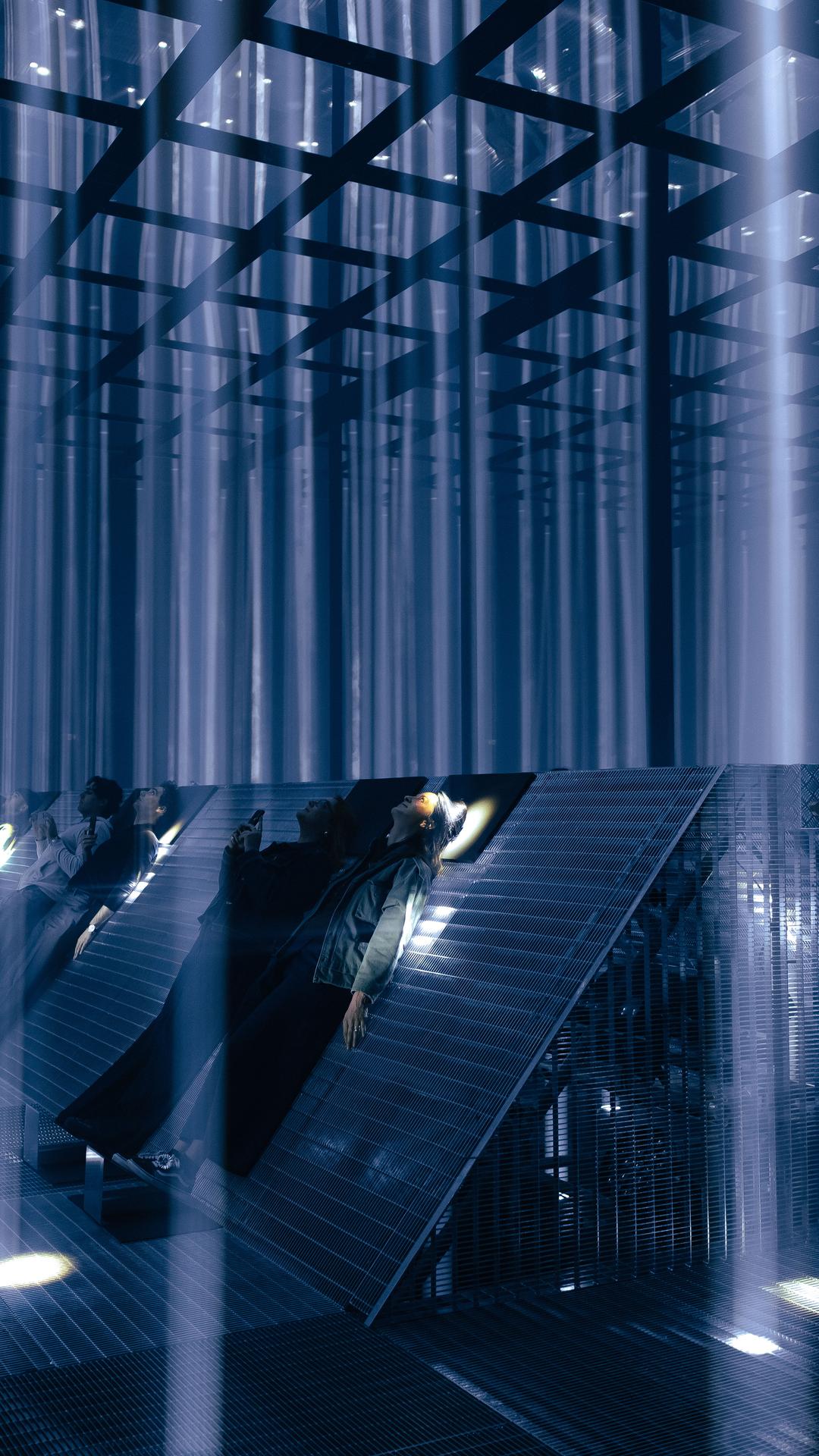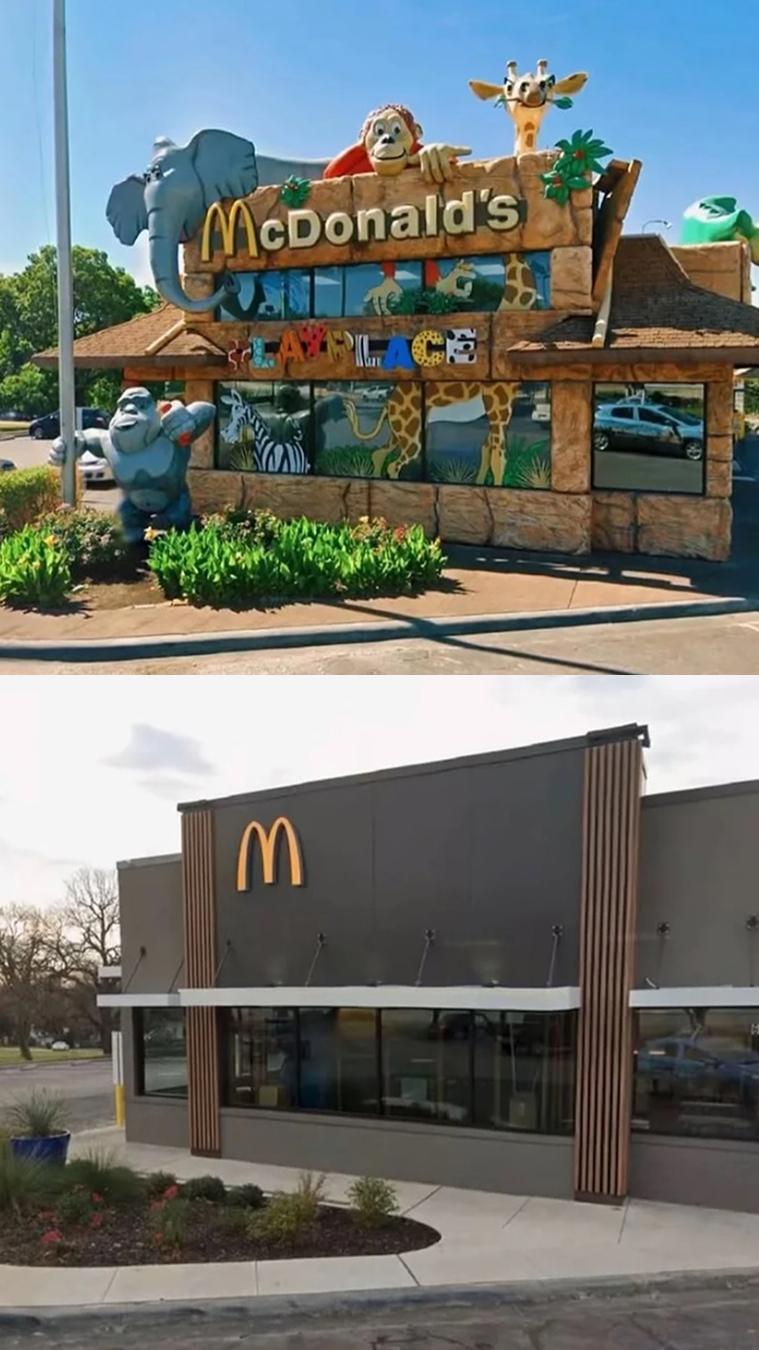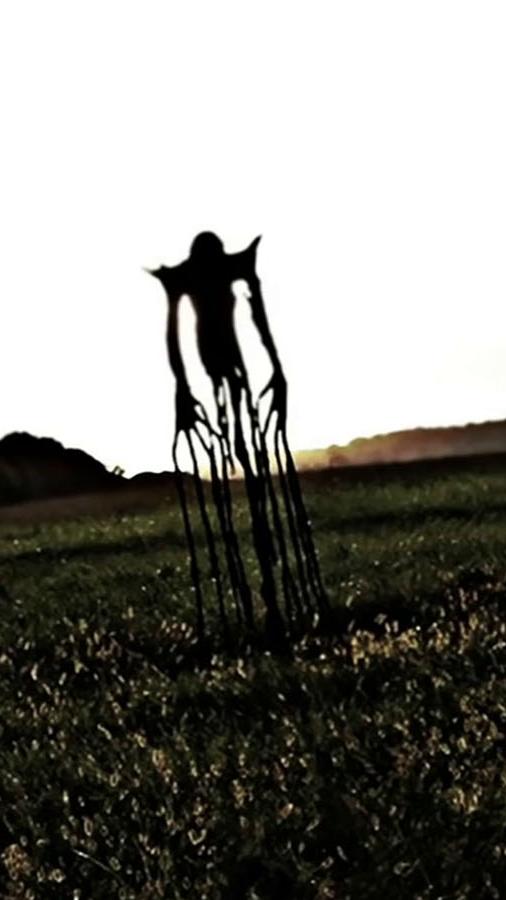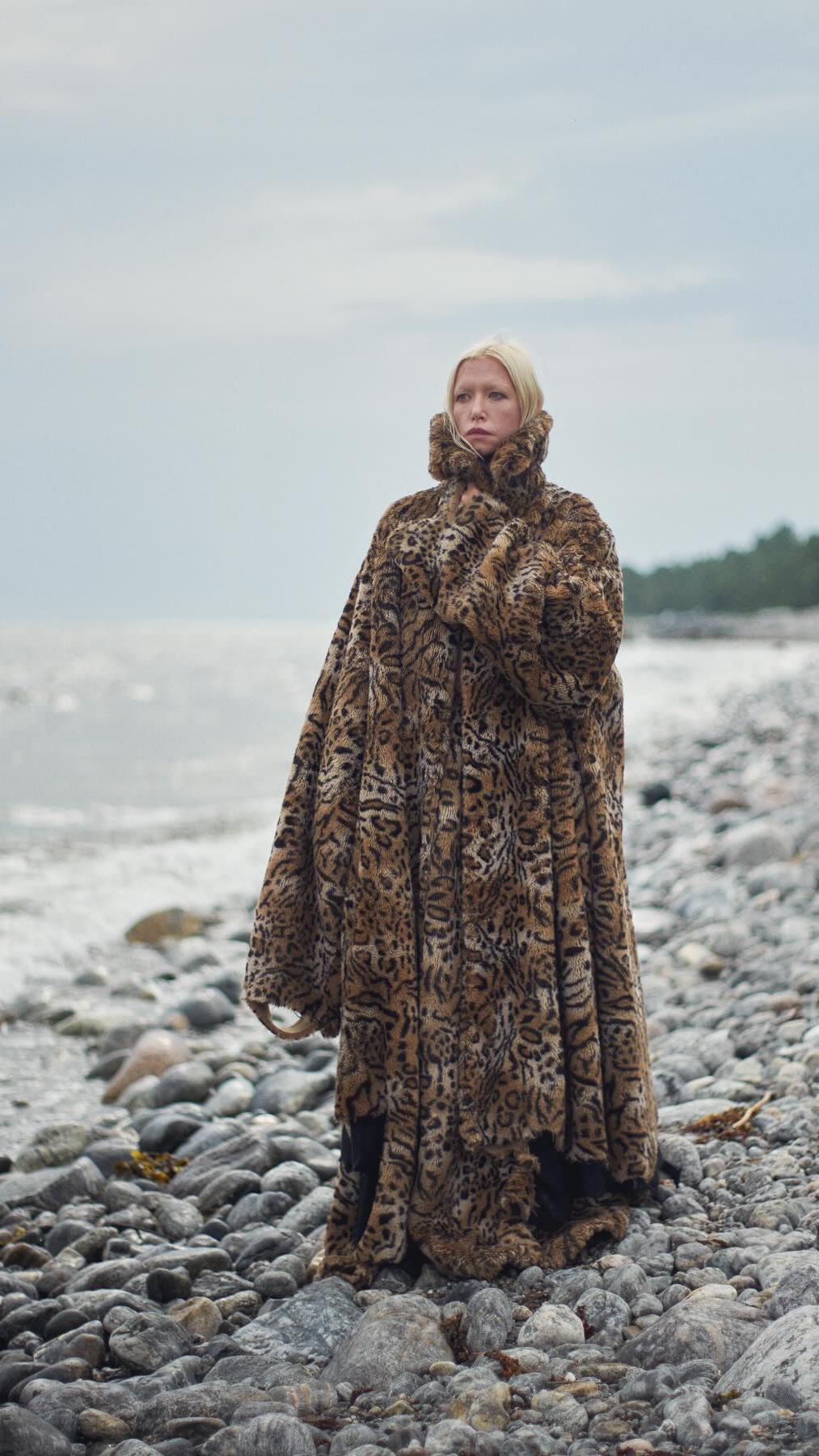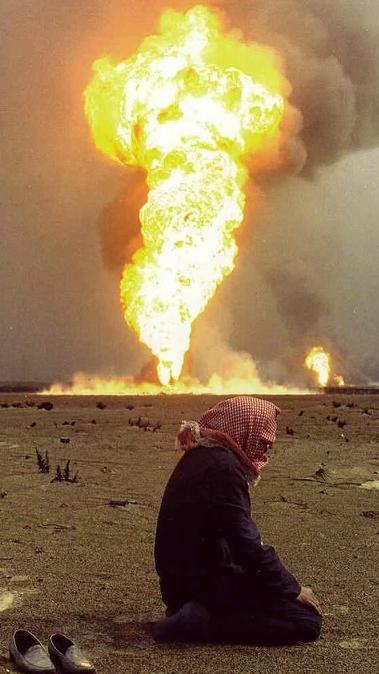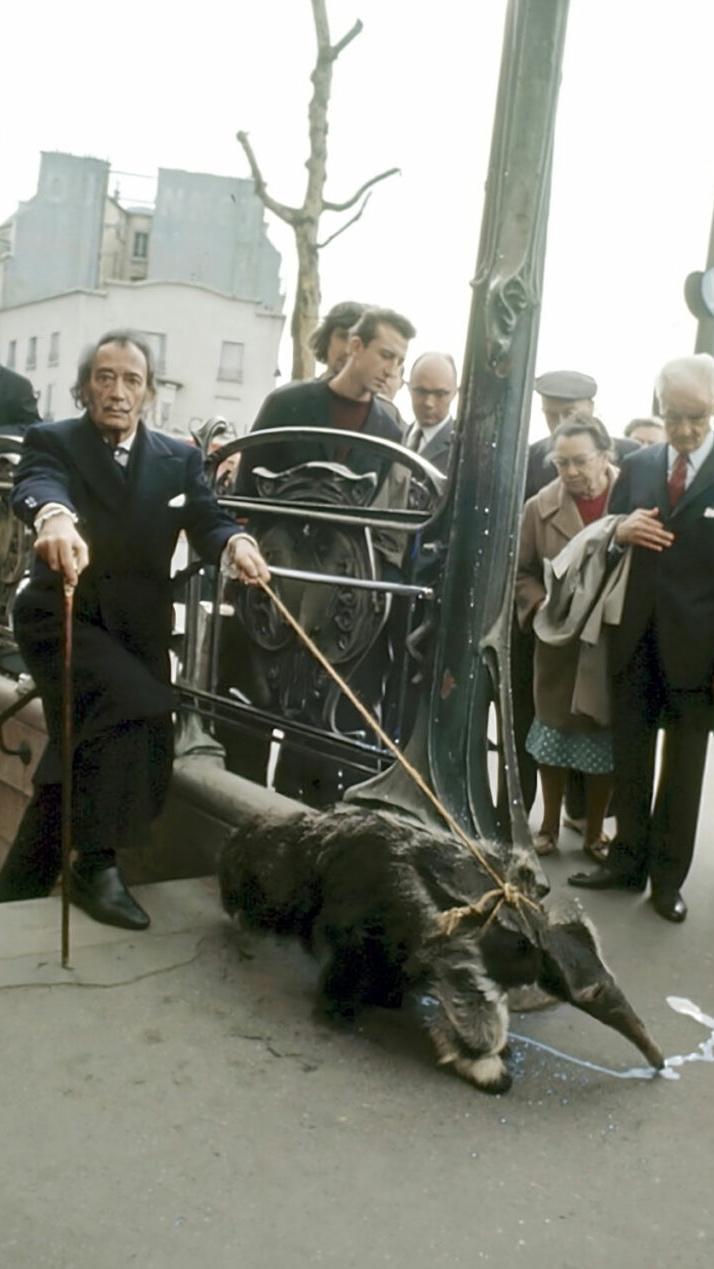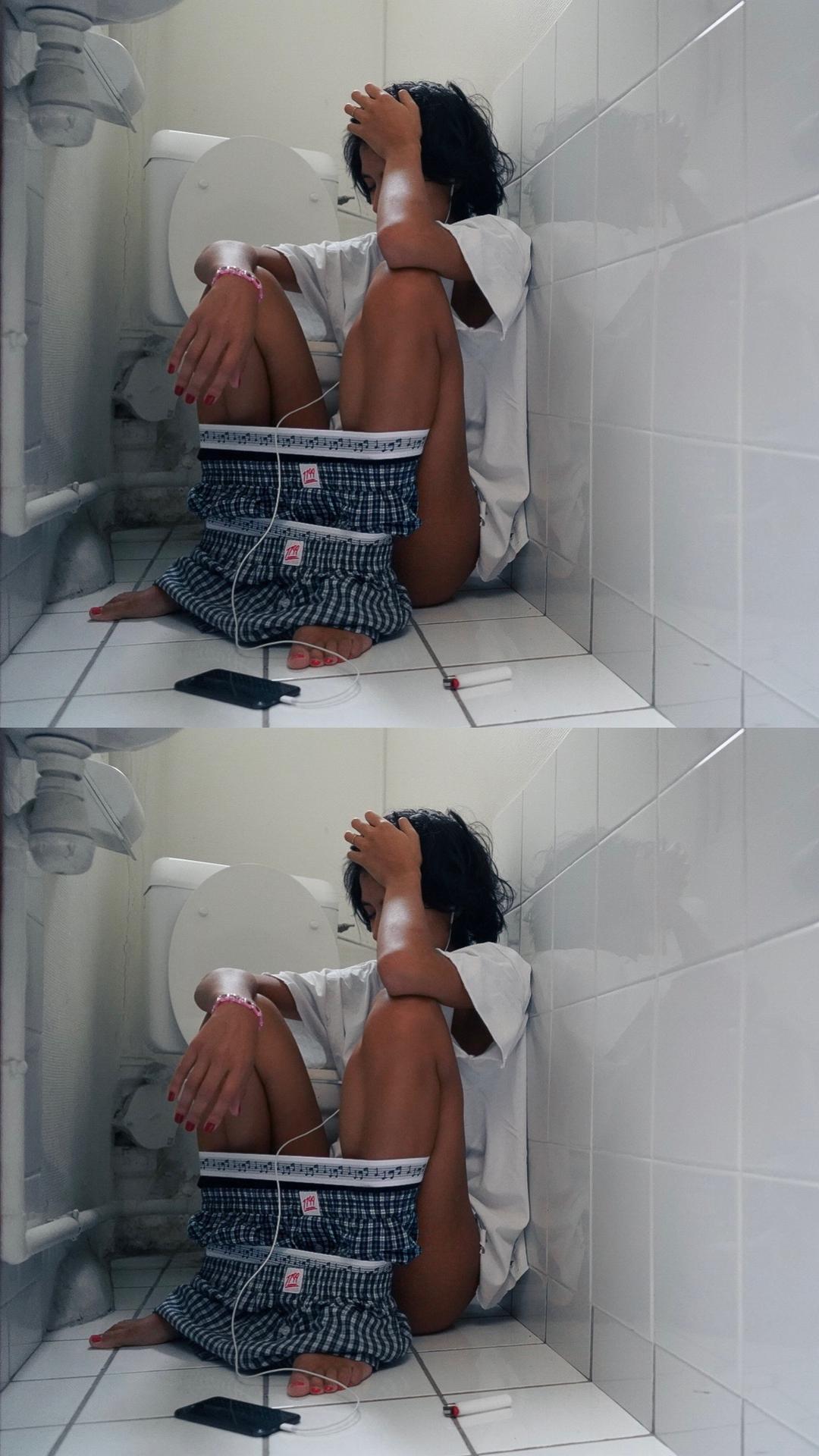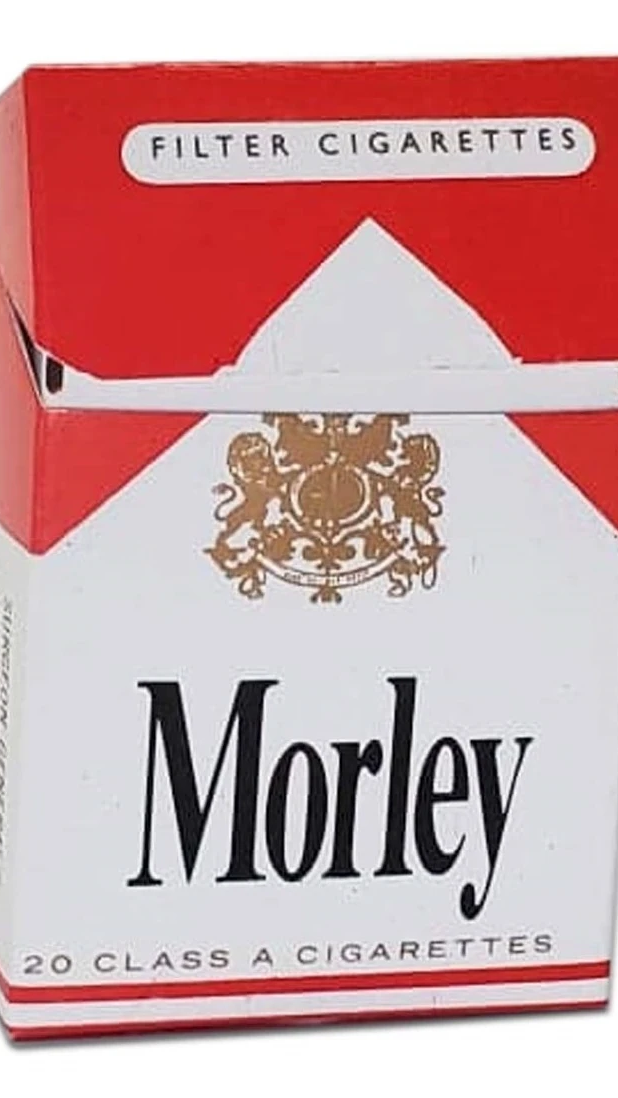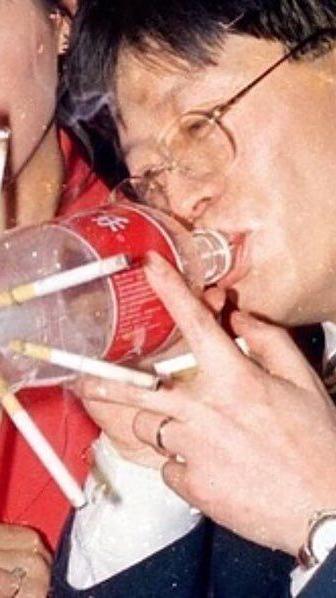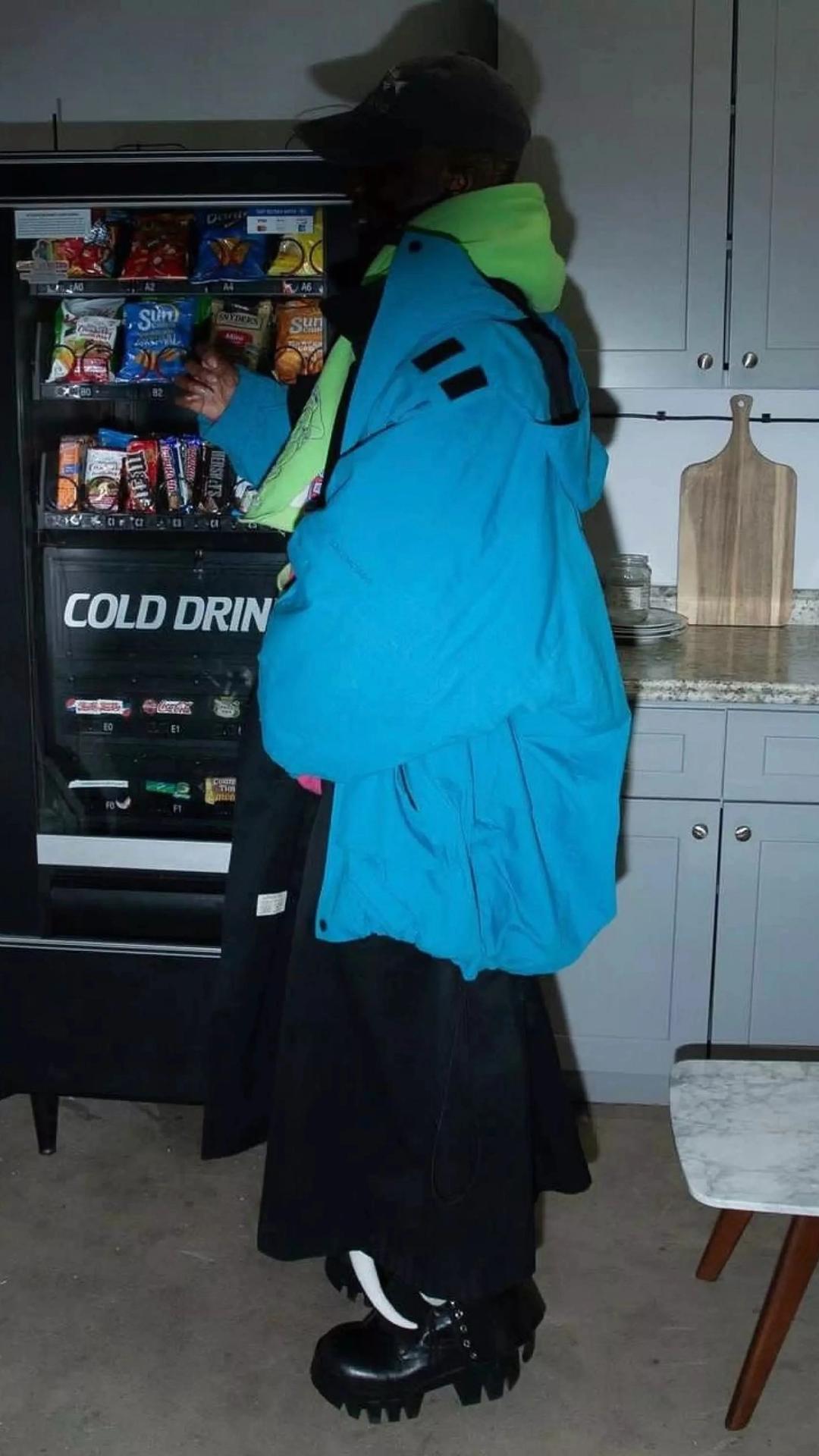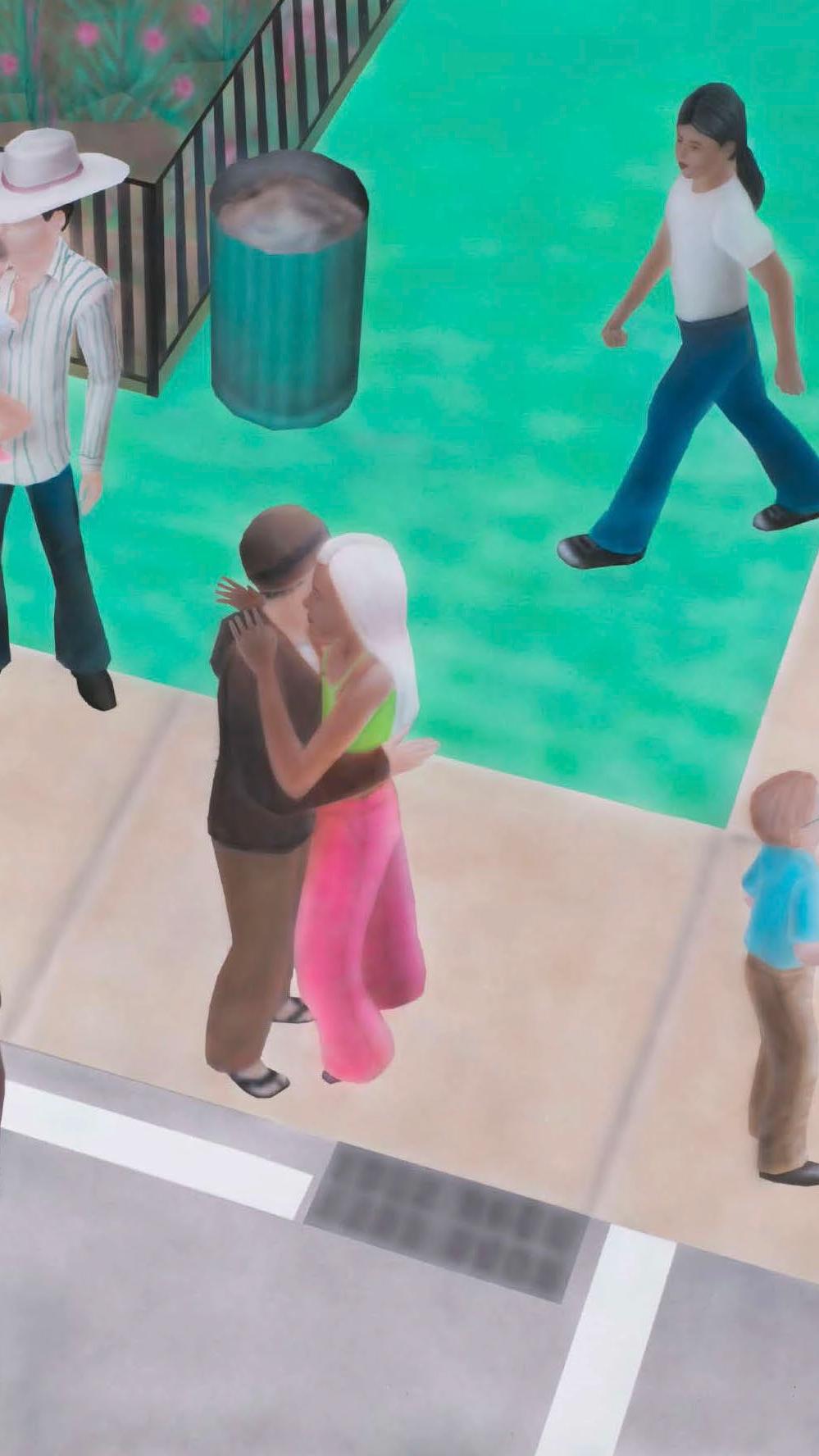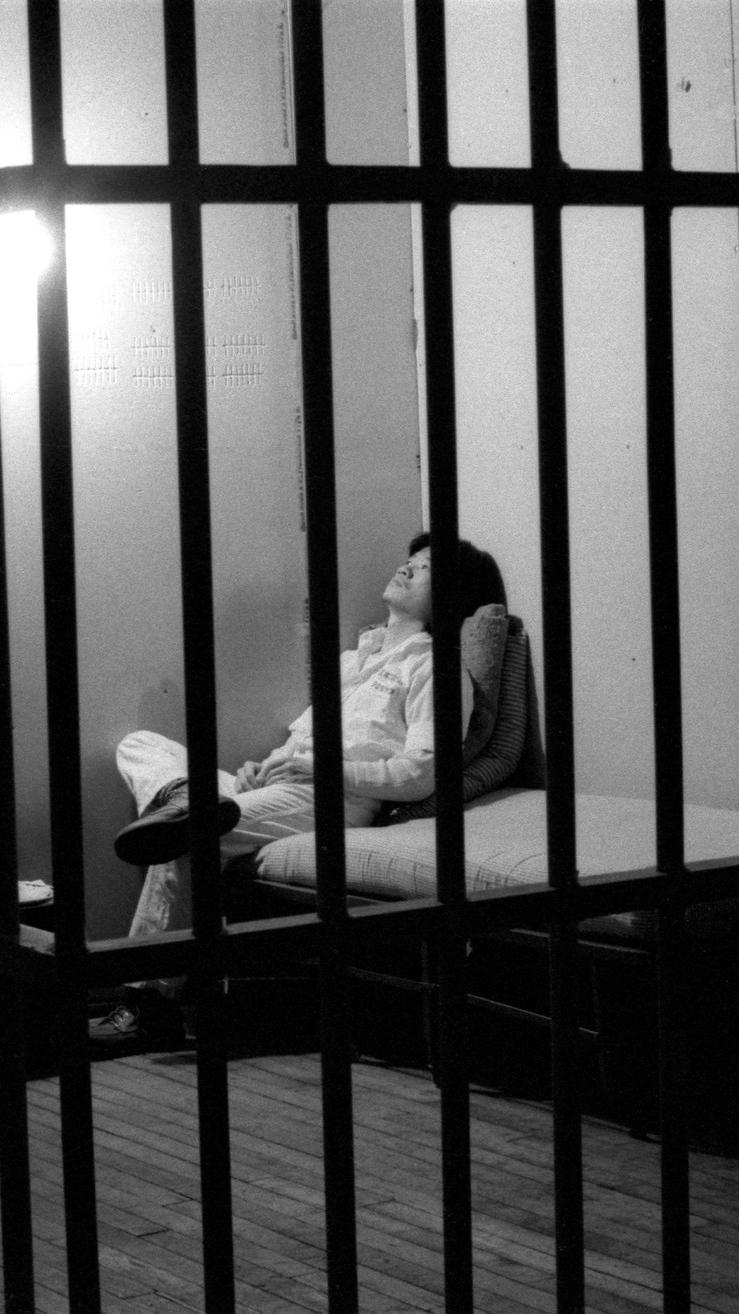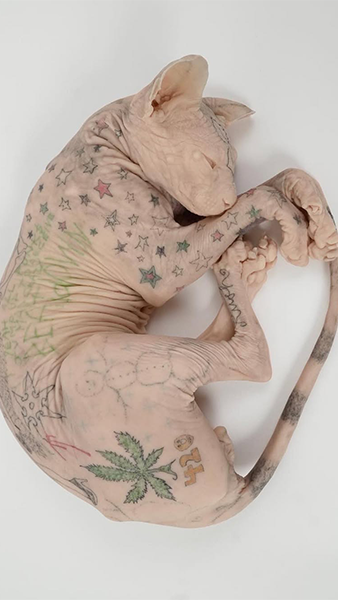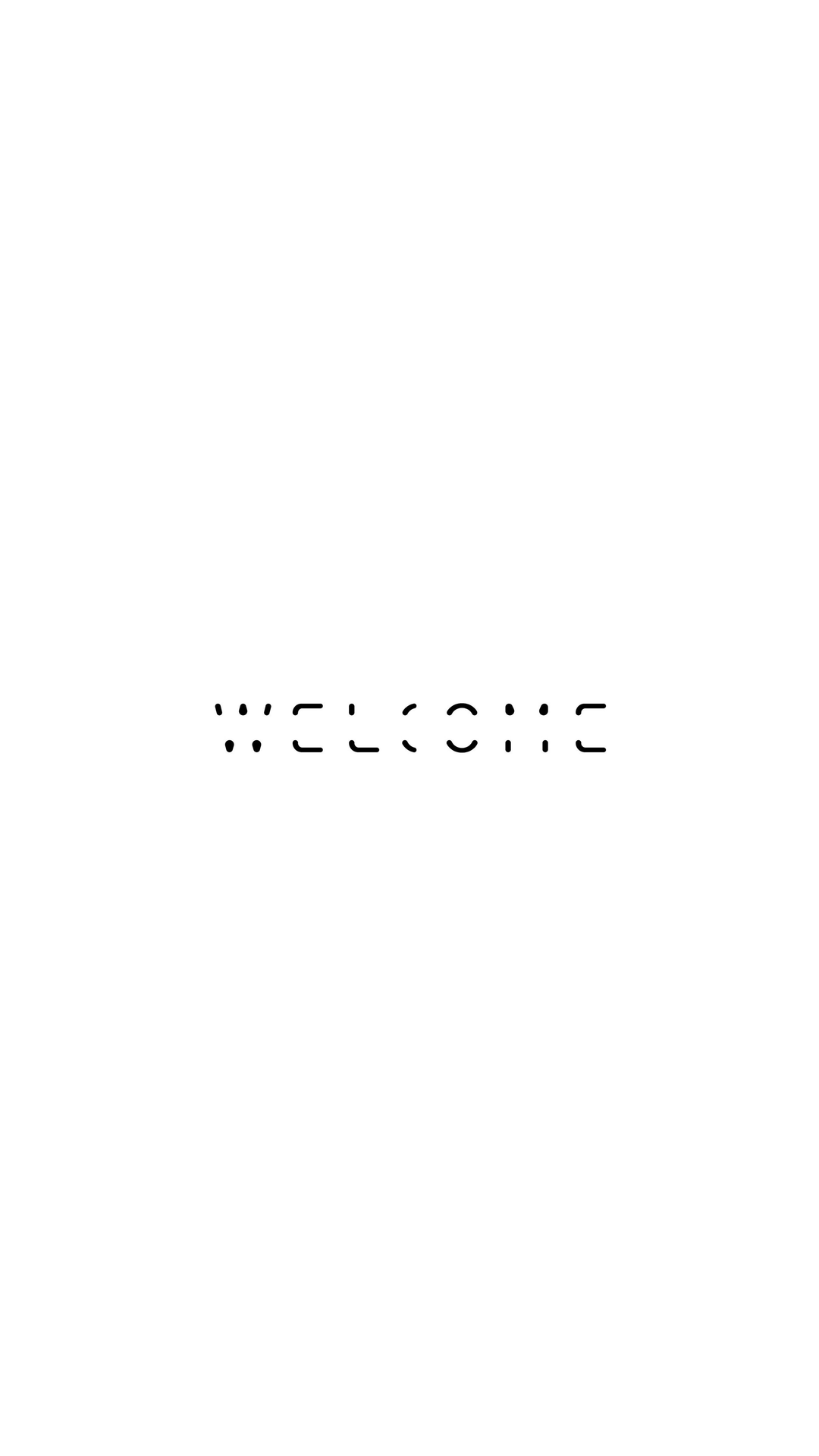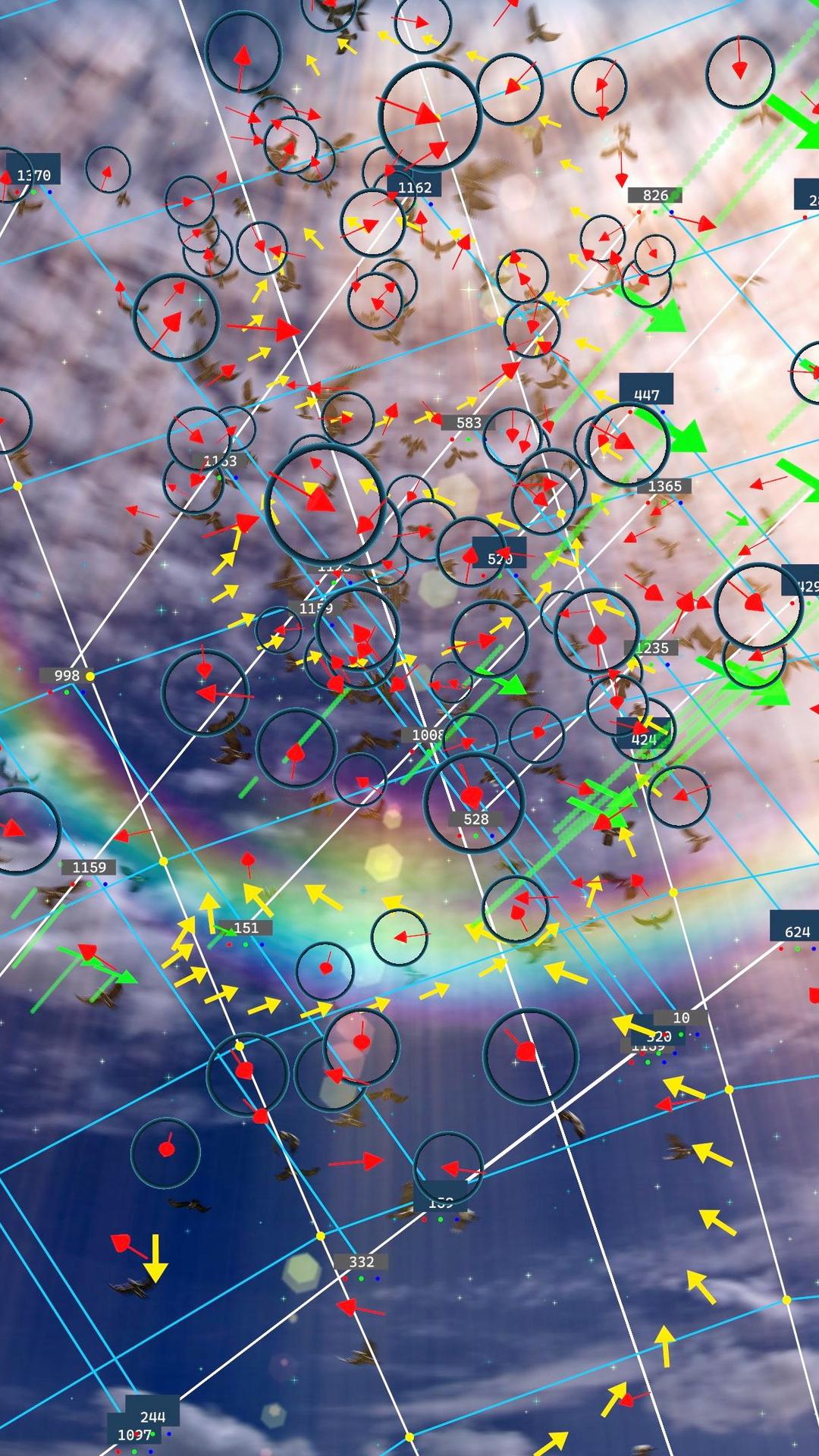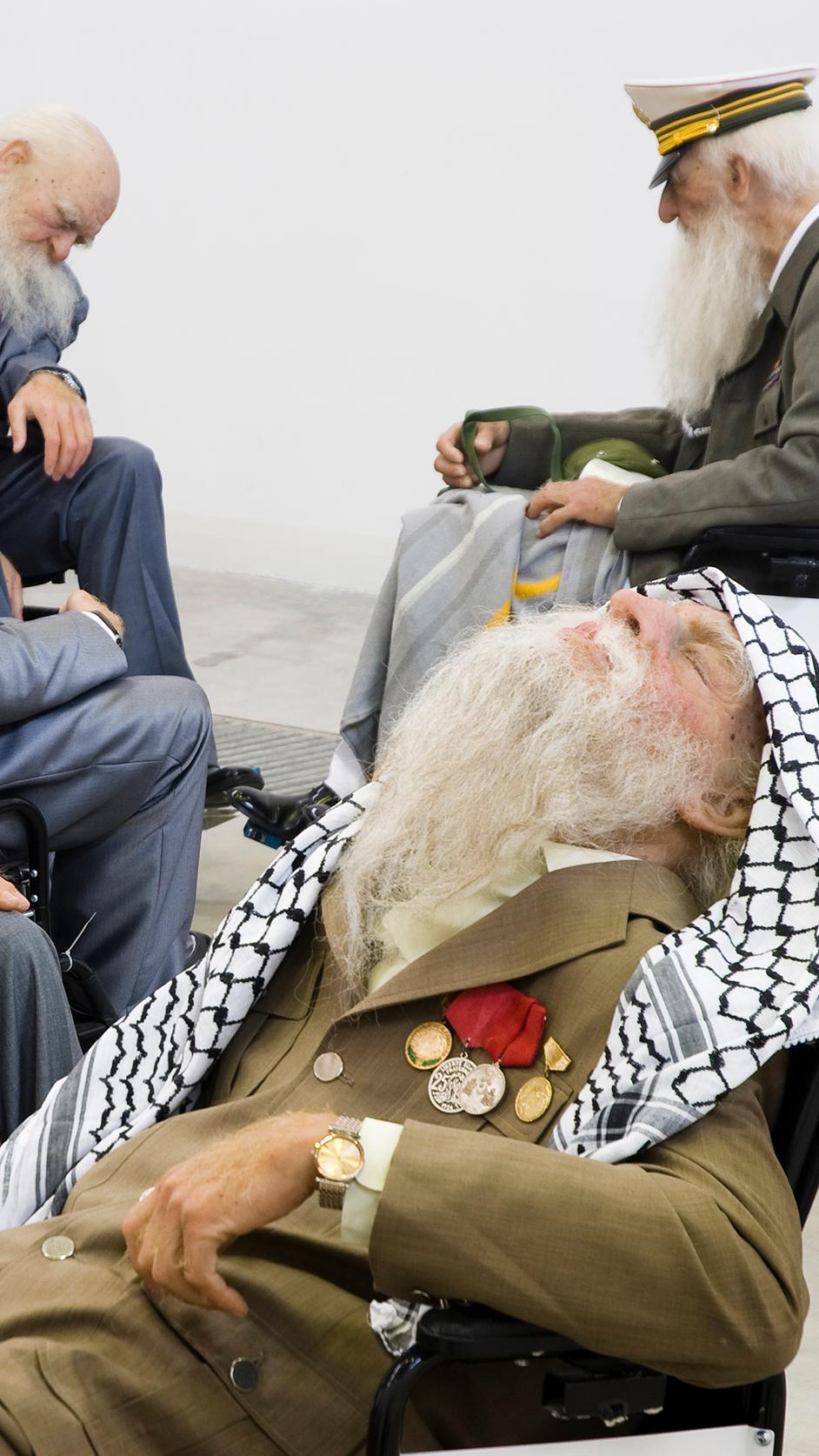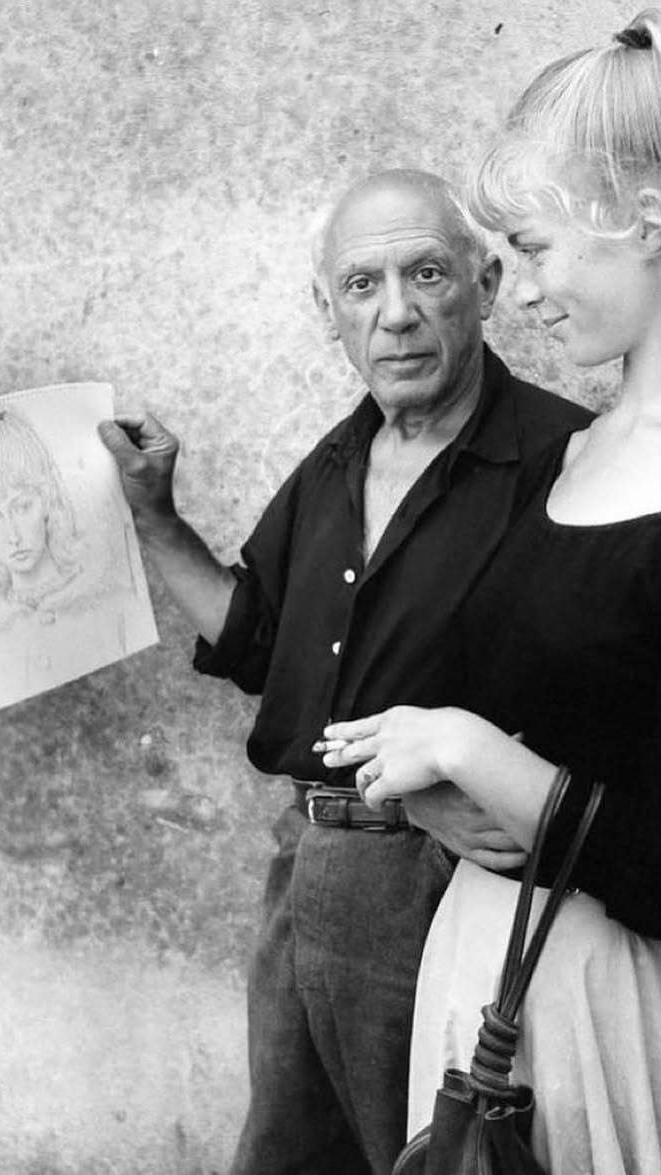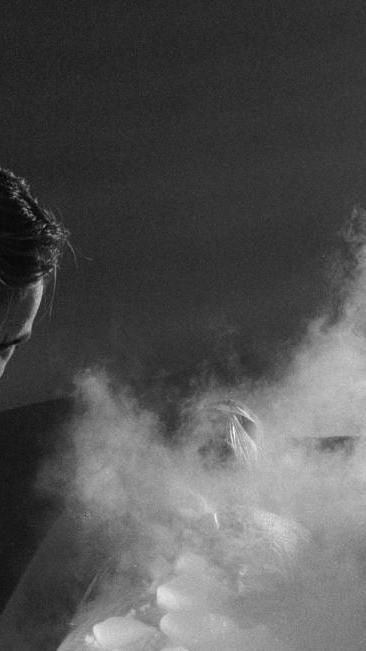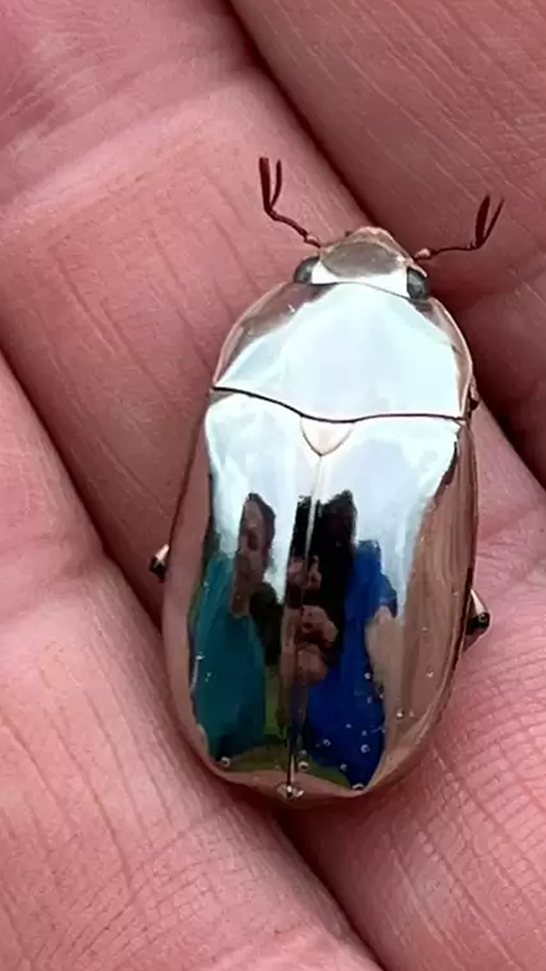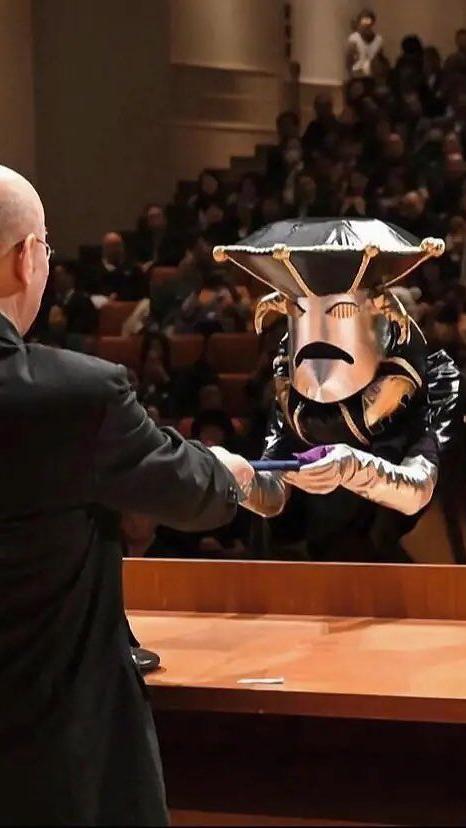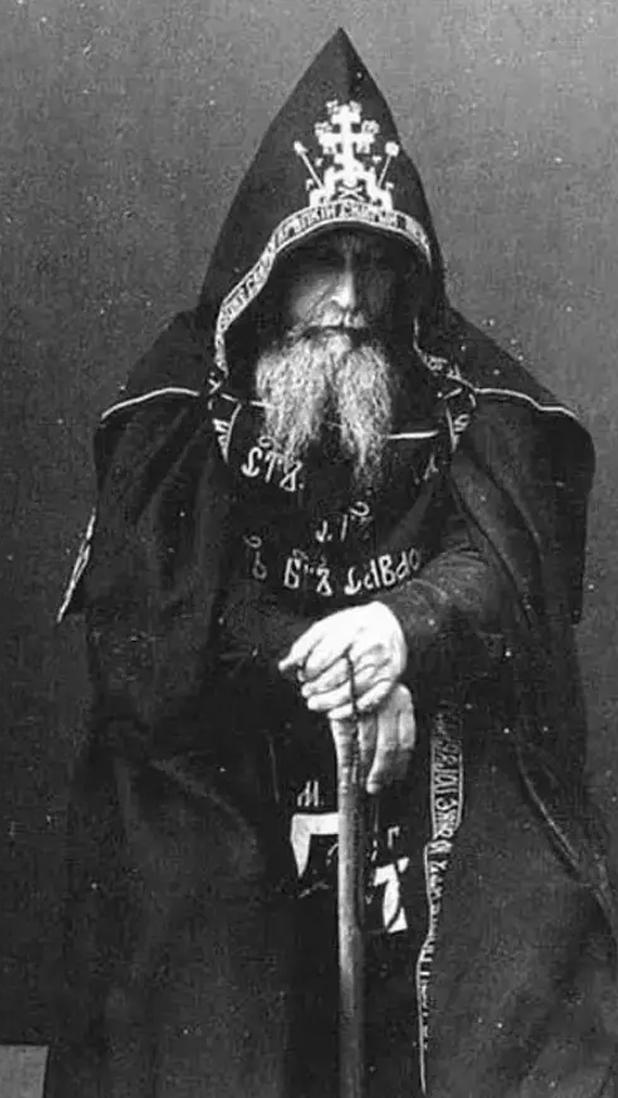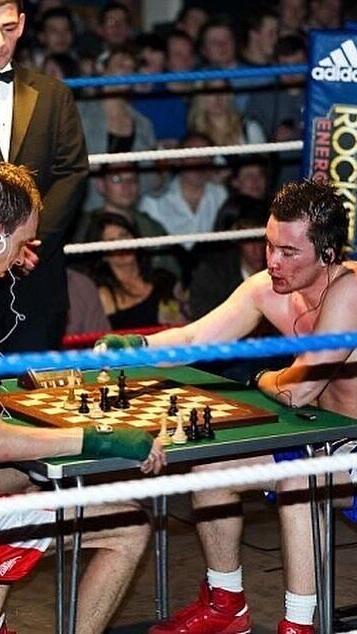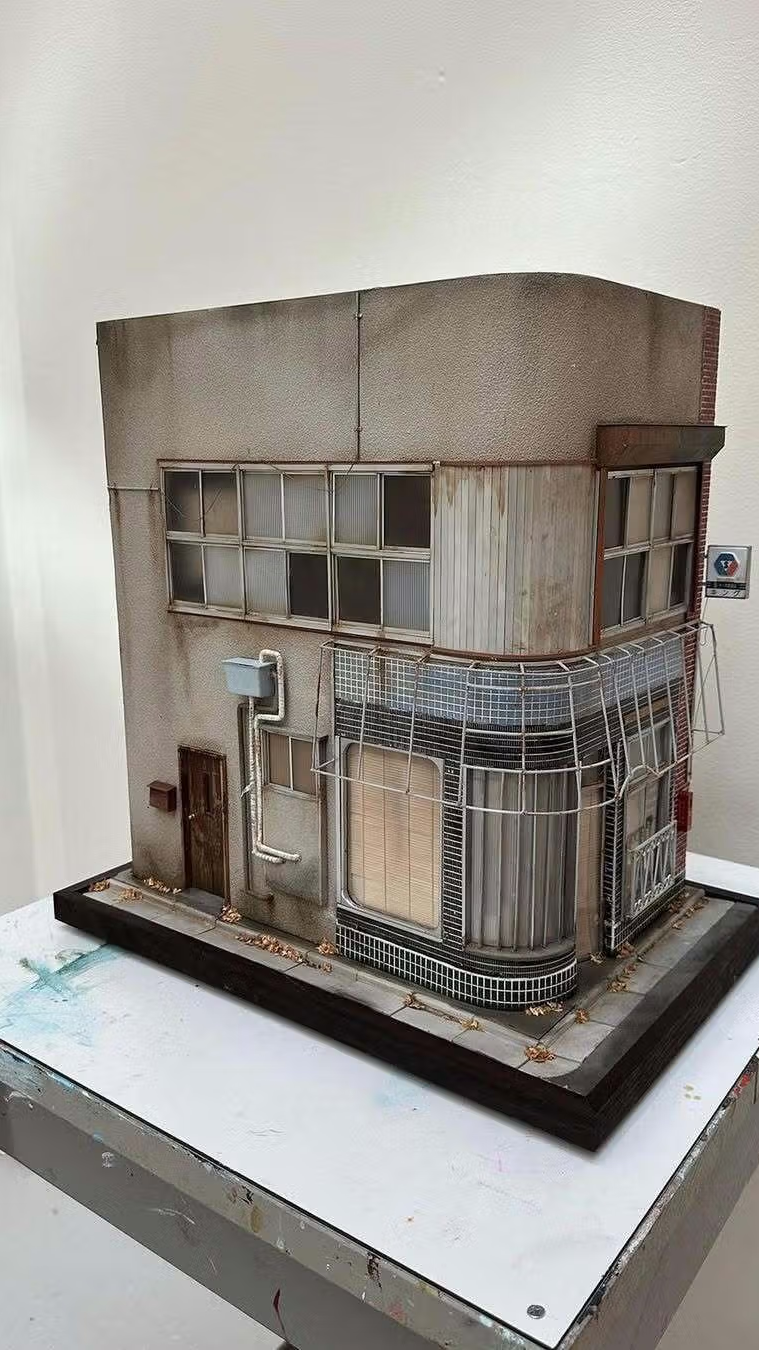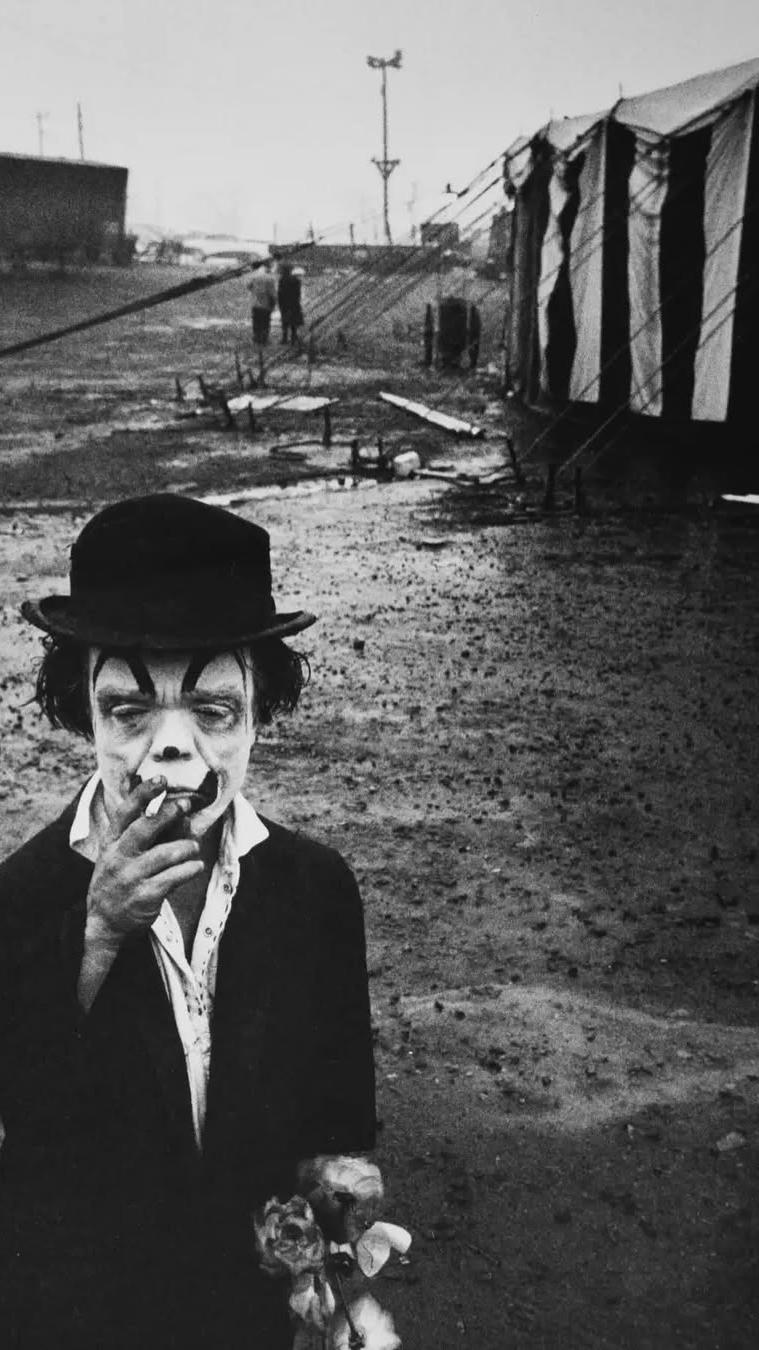A Hypebeast Retrospective
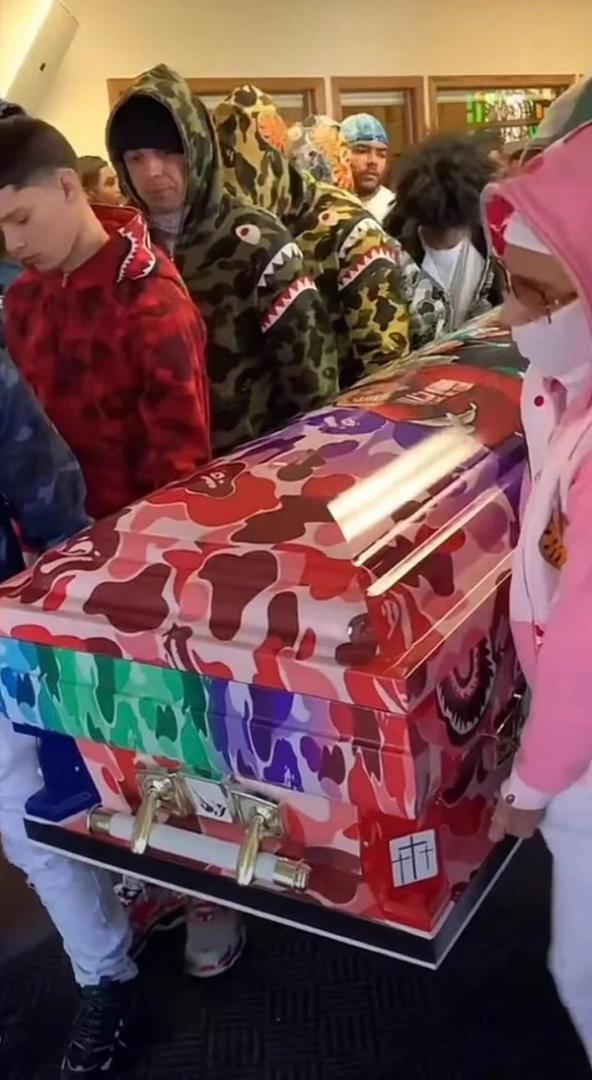
The early 2010s were a different time in fashion, and a pivotal era for the integration of various subcultures. Widespread interest in niche designers exploded, and releases were closely watched and highly meaningful. The lower volume of consistently hyped brands made it easier to predict what was going to be hot. Instagram started kicking into gear and tumblr was a vibrant sounding board for the fashion community. There were fewer celebrities dressing well and those that did had a huge influence on trends.
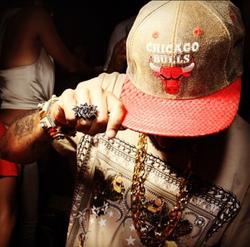
via Tumblr
From this context emerged a phenomenon known as ‘hypebeasts.’ Hypebeasts existed well before the 2010s, as early as the 90s, but only became a major cultural force around the turn of the decade. Defined by their rabid desire for hot items, a freehanded mixing of designers and labels, and the clashing aesthetics this approach created, hypebeasts grew alongside social media like Tumblr and Instagram that allowed them to flaunt their style to a growing audience.
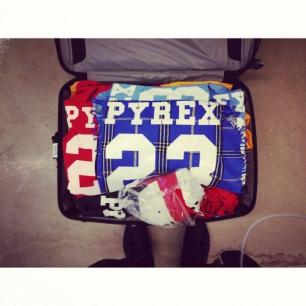
What is a hypebeast?
The term ‘hypebeast’ was around long before the 2010s. It was popular enough in 2005 to be the titular inspiration for a blog by Kevin Ma. Basically, a hypebeast is a streetwear geek, obsessing over the latest releases and chasing everything ‘cool’ within streetwear culture. Hypebeast was often derogatory, used to describe people who would mindlessly consume the latest trends, however some self-identified as a hypebeast with pride.
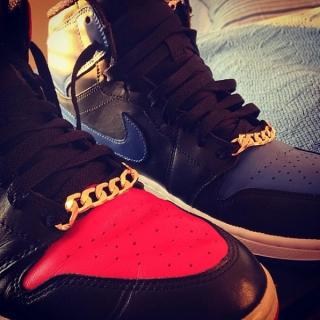
A few prominent celebrity style icons were very influential as sources for hypebeast style. In the early 2010s, it was just not as common for celebrities to be into high fashion. There were fewer celebrity stylists, and less cultural cachet to win by popping out in a good outfit. There also weren’t many influencers outside of celebrities.
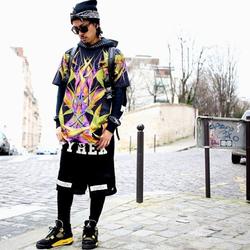
via BLOGFELLOW (Tumblr)
Because of this, the attention of the fashion-oriented public was concentrated on a select few figures like Ye, Rocky, and Tyler The Creator. The brands and sartorial choices of these icons became incredibly popular. When Kanye wore all black with a red flannel tied around his waist, many followed. Supreme exploded when Tyler’s career took off. These celebrities acted as the blueprint for hypebeast style.

Asap Rocky for HBA Fall-Winter Season (2013)
Hypebeast style was also a result of a specific mindset. Like sneaker culture, its focus leaned toward collecting rather than styling and expressing individuality. The primary goal was to show the world you were in the know, to have something before anyone else, and possess the same pieces the collective icons wore. There was a lot of pride in wearing what Ye did.
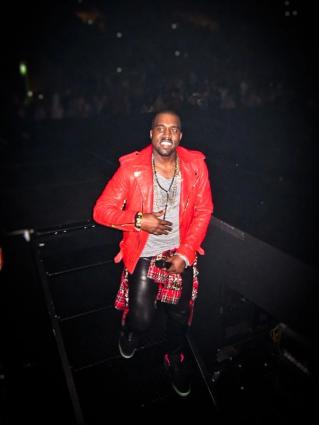
Kanye at the Coke Live Music Festival in Krakow (2011)
Just as the hypebeast style prized what was new and fresh, it also expressed a disdain for items that became widely popular. The hypebeast wardrobe was therefore ever evolving, something that is still true today. While some items became hypebeast staples, others, like colourways of certain Nike models (for example the red Independence Day Air Max 90’s), were in for half a season before they started getting dunked on for not being exclusive enough anymore.
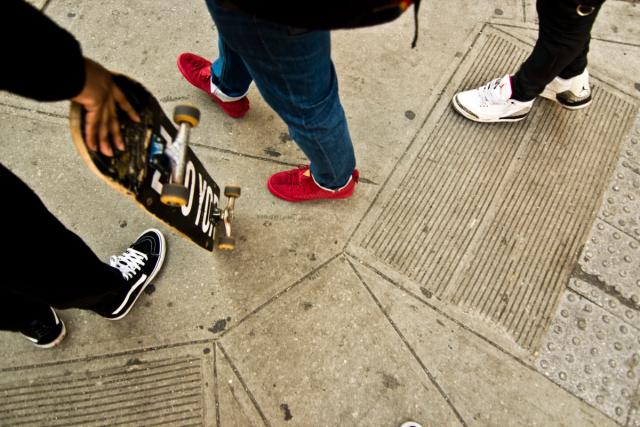
But again, being considered a hypebeast was not usually a good thing. The most negative associations with hypebeasts were a lack of personality and personal taste. There was no taste involved in dressing in full Bape camo or buying based on price. However it is that tasteless look that gets people nostalgic for hypebeast style. The audacity of wearing every brand all at once is now considered ironic in a cool and fun way. There is a joy in wearing an absolutely cursed combination. The industry is starting to lean into it, with brands like Balenciaga bringing ‘bad taste’ and the ‘ugly’ back into vogue.
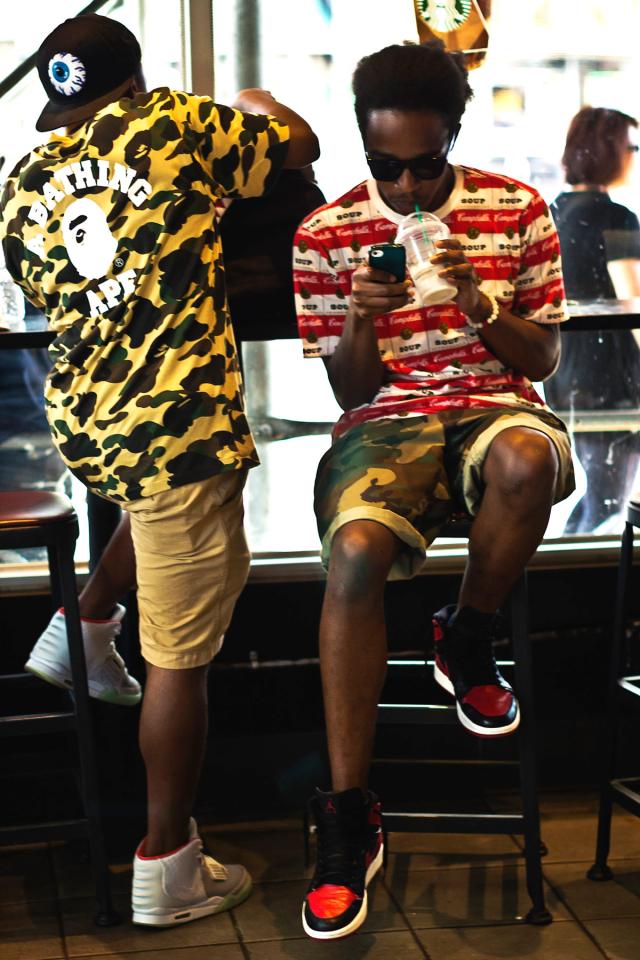
via PRINCE MEADE (Tumblr)
The hypebeast wardrobe
The brands that were popular in the early 2010s are different from the brands that are popular today. Exclusive sneakers were a much bigger part of the streetwear and hypebeast’s wardrobe. Comme des Garcons Play Converse were still niche and very popular among hypebeasts. Visvim FBT’s also had their moment when Kanye popularized the niche Japanese luxury sneaker.
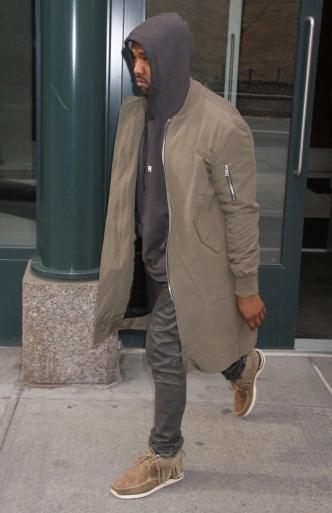
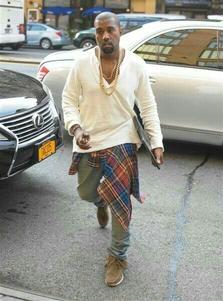
Kanye West wearing Visvim FBT on his feet.
The holy grails of hypebeast culture were of course the most limited Nike offerings; The Yeezy’s and the Air Mag, who would be collected and styled by Brandon Sales and Franalations. Bape camouflage was also still everywhere and sometimes combined with designer clothing that Ye had worn, such as the Bottega Chelsea boots, the LV footwear collaborations, or the Balenciaga Arena’s.
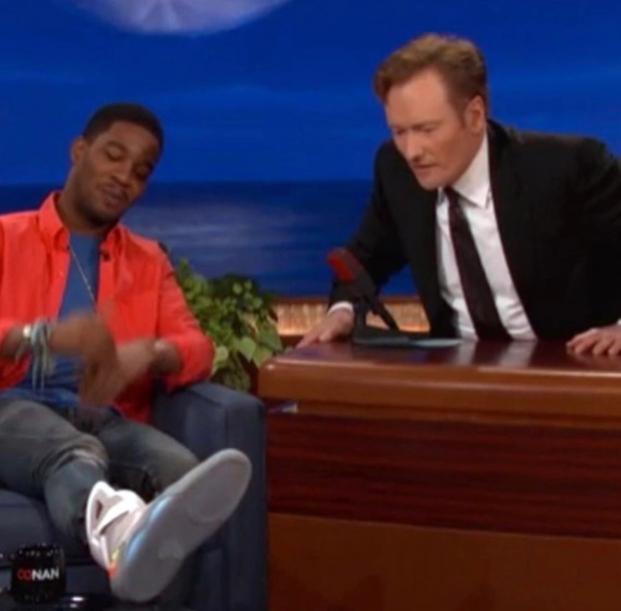
Kid Cudi showing off his Nike Air Mags on Conan
Trousers were skinny jeans by designer brands like Balmain, Dior and Saint Laurent. The biker jeans were the most popular, with items like Bape camo or Givenchy shorts close behind. For the hypebeast, graphics were an important way to communicate brands to the outside world.

For tops and jackets, Givenchy again a staple, most notably their Rottweiler sweater or hoodie. Other popular choices were Bape or Supreme jackets or hoodies, often styled together. Givenchy’s Birds of Paradise graphics deserve a special mention here as well because they were considered the holy grail for many hypebeasts at the time and led to one of the internet’s most iconic fits by Franalations.
Another icon for the hypebeast style was Brandon Sales, who ran the Tumblr ‘Luxury Excellence’, always rocking all of the latest and most exclusive brands together in chaotic outfits. Looking back at it now, his style feels like a time capsule and an assemblage of cultural references that only made sense in an outfit back then. His most controversial outfit was an all white ensemble consisting of a Givenchy sweater, stacked white skinny jeans and the Nike Air Mags, combined with a mask and giant gold chain.
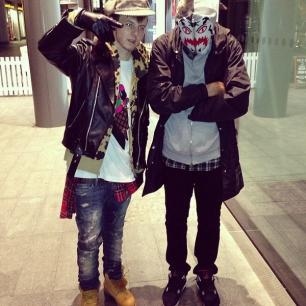
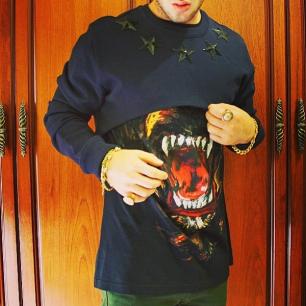


vin Brandon Sales (Tumblr)
For headwear, the snapback was on the rise in the 2010s, but for the hypebeast the Supreme 5 panel was king. There were several that were really sought after, with the Balloon five panel being the most elusive. The floral and Safari colourways of the cap were however most memorable in pop culture due to their presence on Tumblr and Tyler’s patronage.
And Today
Today, fashion has become more mainstream and so has hypebeast culture, significant changes that make it very different from what it was back then. Sneaker releases and collaborations happen so frequently that hype is dead. If you miss a drop, you can just wait for the next colourway. This was not a given back in the day, and some of the silhouettes that were released, like the Yeezy 2 or the LV collaborations, have not seen a re-release since.
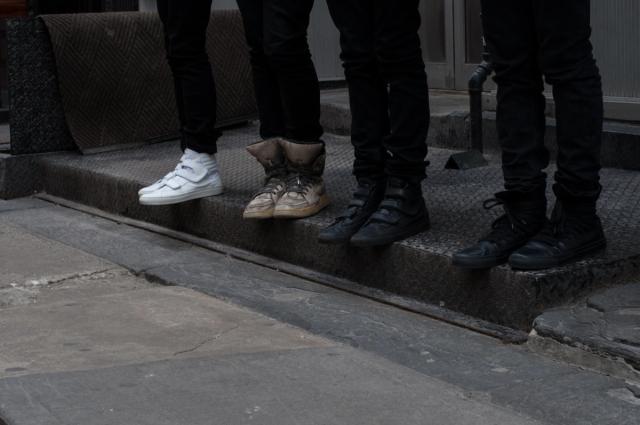
via PRINCE MEADE (Tumblr)
Further, many of the brands that were popular then have lost their appeal to hypebeasts due to their increase in popularity. Both Supreme and Bape do not carry the same weight as they once had, which to some fans of the brands is not necessarily a bad thing.

via DAZ MERCHANT
Today’s Balenciaga and Chrome hearts wearing crowd is less eclectic and less loud compared to the 2010s hypebeasts, as the variety in brands back then was much greater. Because nothing is exclusive anymore and the abundance of collaborations and limited editions, the feeling of the 2010s is lost to time. Brands have become too big and most celebrities have stylists or brand deals.
Hypebeasts are still around, but since fashion collaborations and exclusive releases are more frequent, people do not flex the latest fashion like they used to. Instead, older collections from well renowned and niche designers have become more popular as of late and serve as the new frontier for the hypebeast. Items from specific Margiela and Raf Simons collections have become the new way for them to flex.
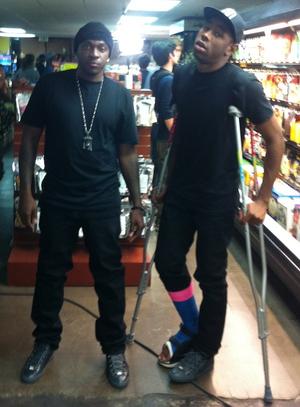
Tyler the Creator with Pusha T.
Some once-hyped items are returning, riding a wave of nostalgia as a large group of consumers who had been exposed to them through hypebeasts and social media, but were not able to partake at the time due to the exclusivity of the period, are not finally able to get their hands on them via the vintage market. Other items have gone the other way, becoming so rare that they are practically unwearable.
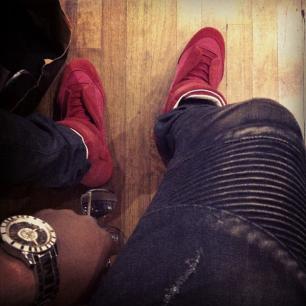
Hypebeast culture today looks more like young people wearing Balenciaga with Rick Owens and Chrome getting called ‘consumerism final boss’ on TikTok. The consumerism angle rings true, but the question of how different the hypebeast approach really is from what the rest of the market does remains unanswered. After all, we’re all inspired by somebody.
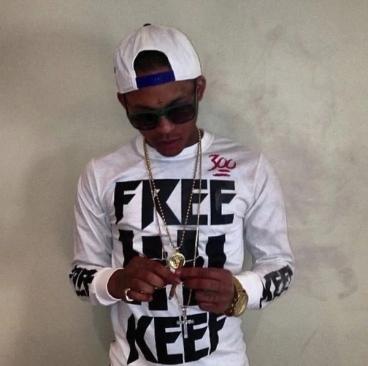
Fredo Santana wearing the Been Trill X Free Keef shirt that Virgil Abloh made.
Written by Gijs Veening (@mohairblend)
Image Curation by Erild Kondi (@kondierild)
